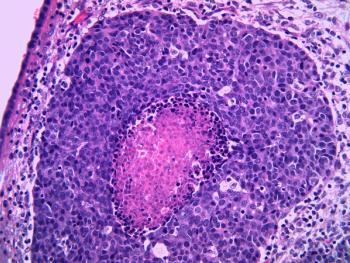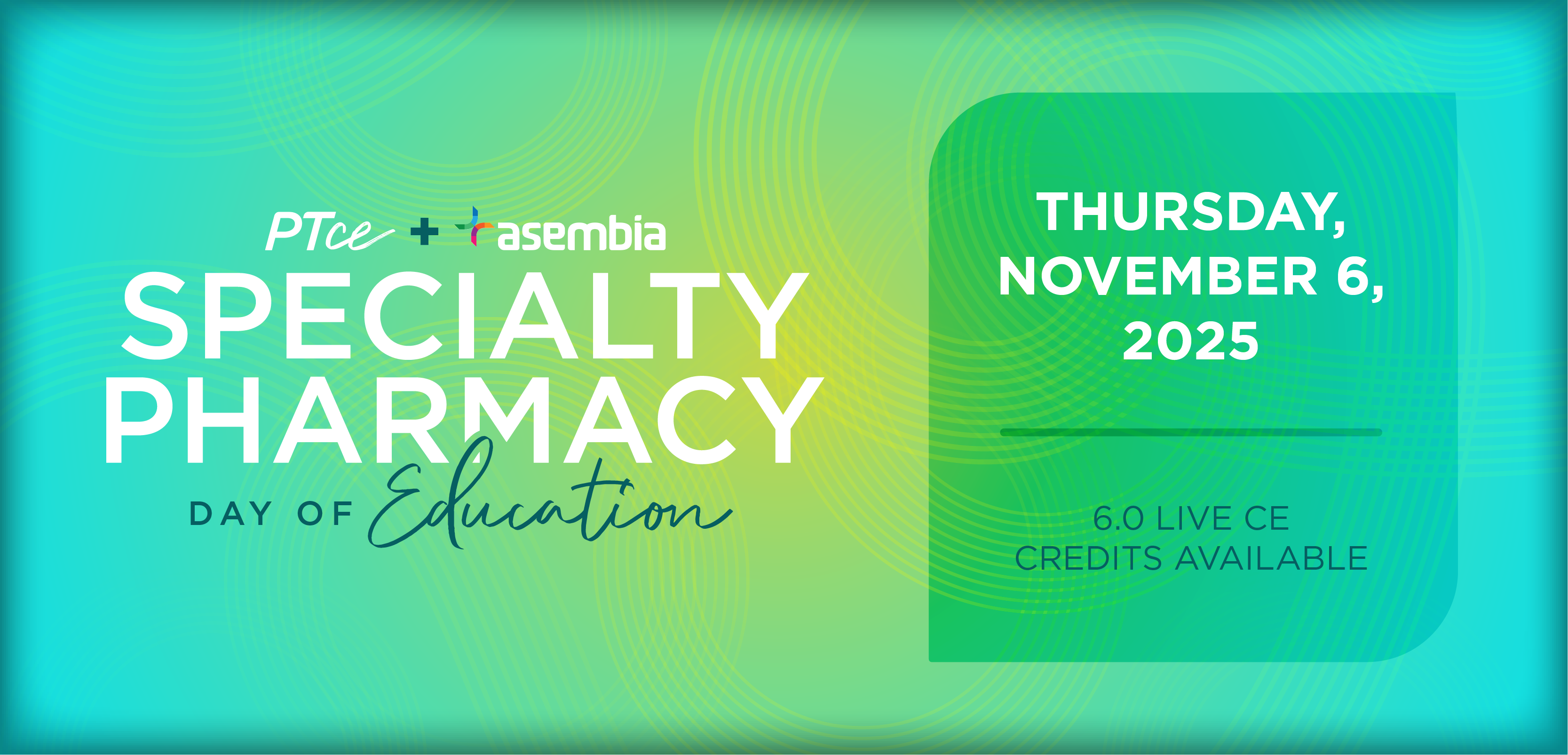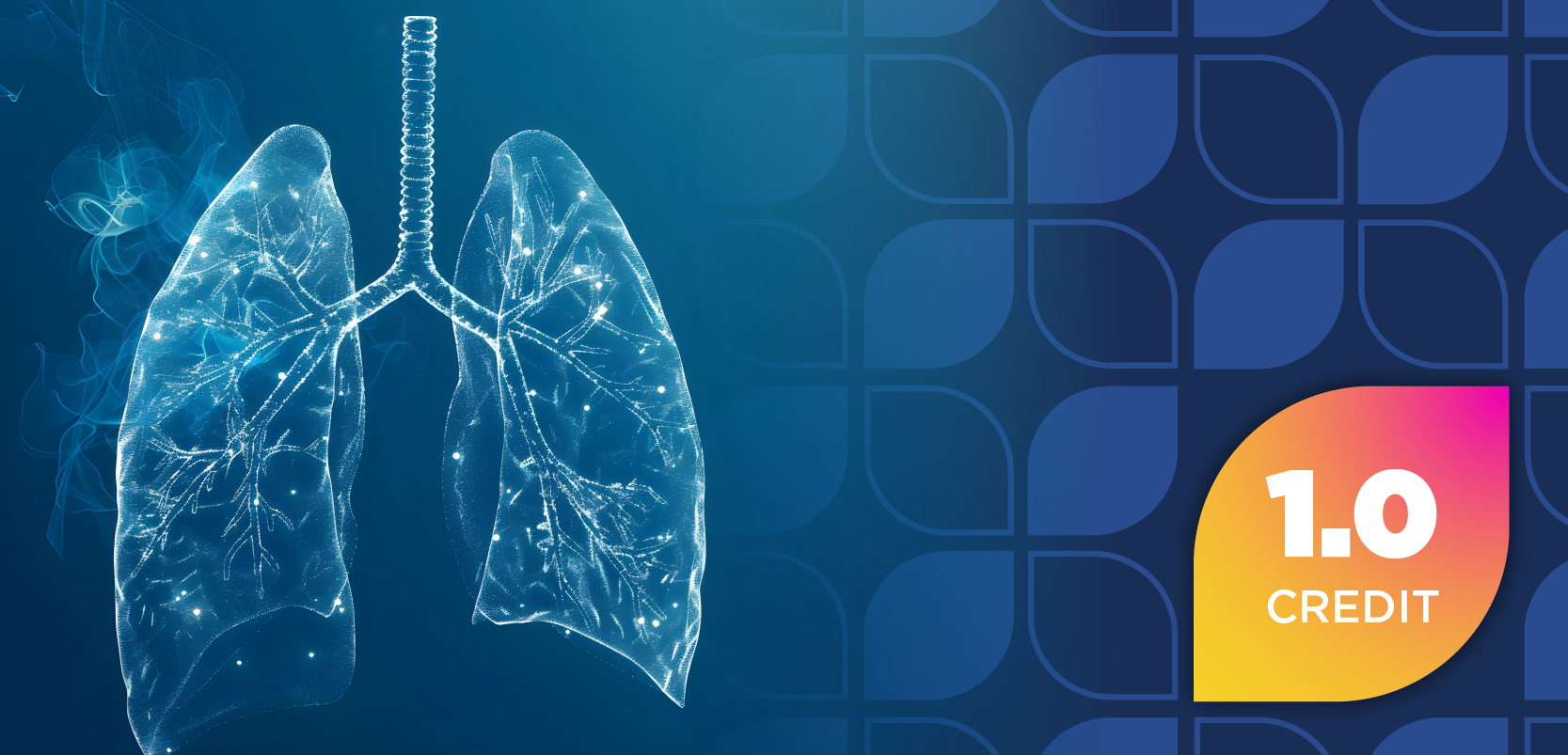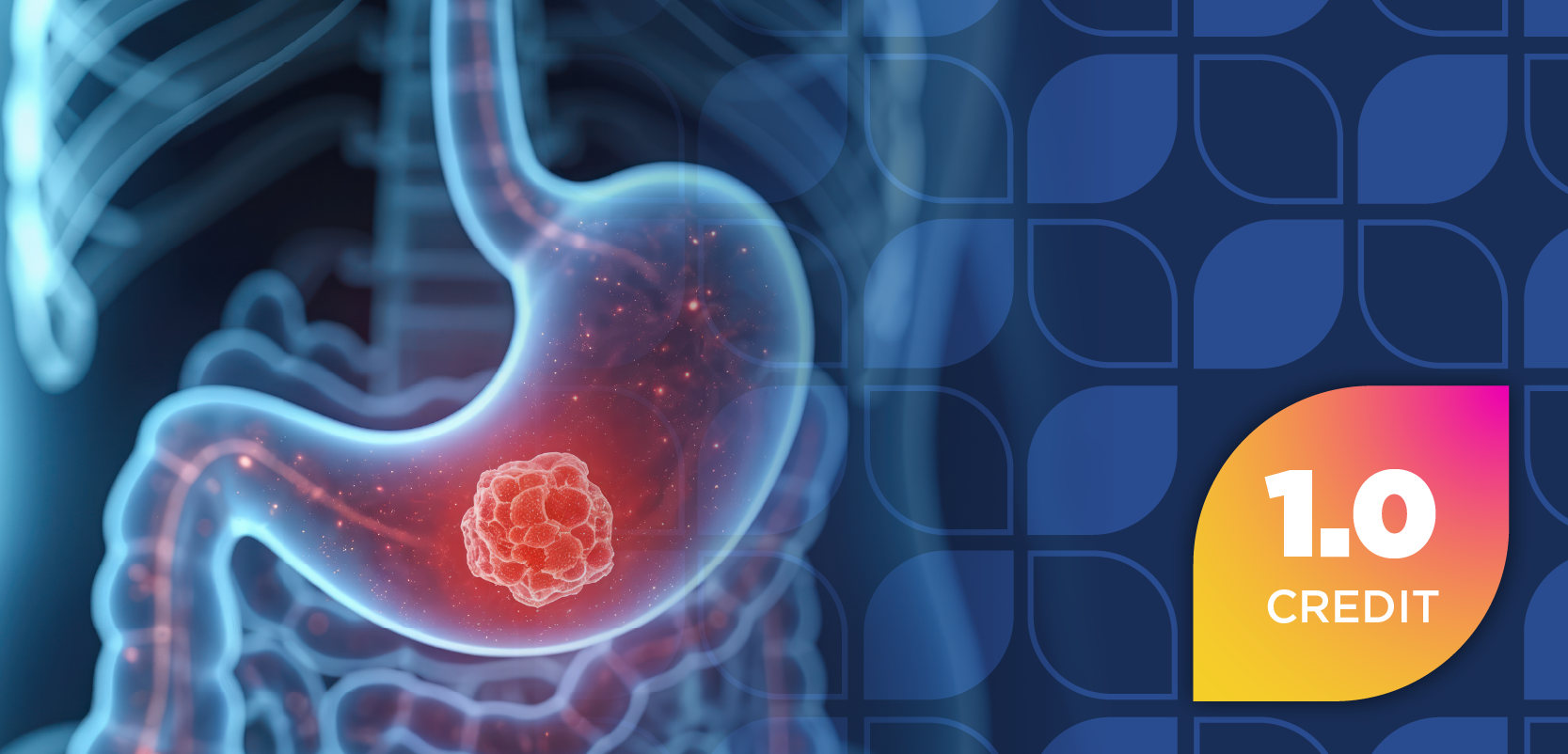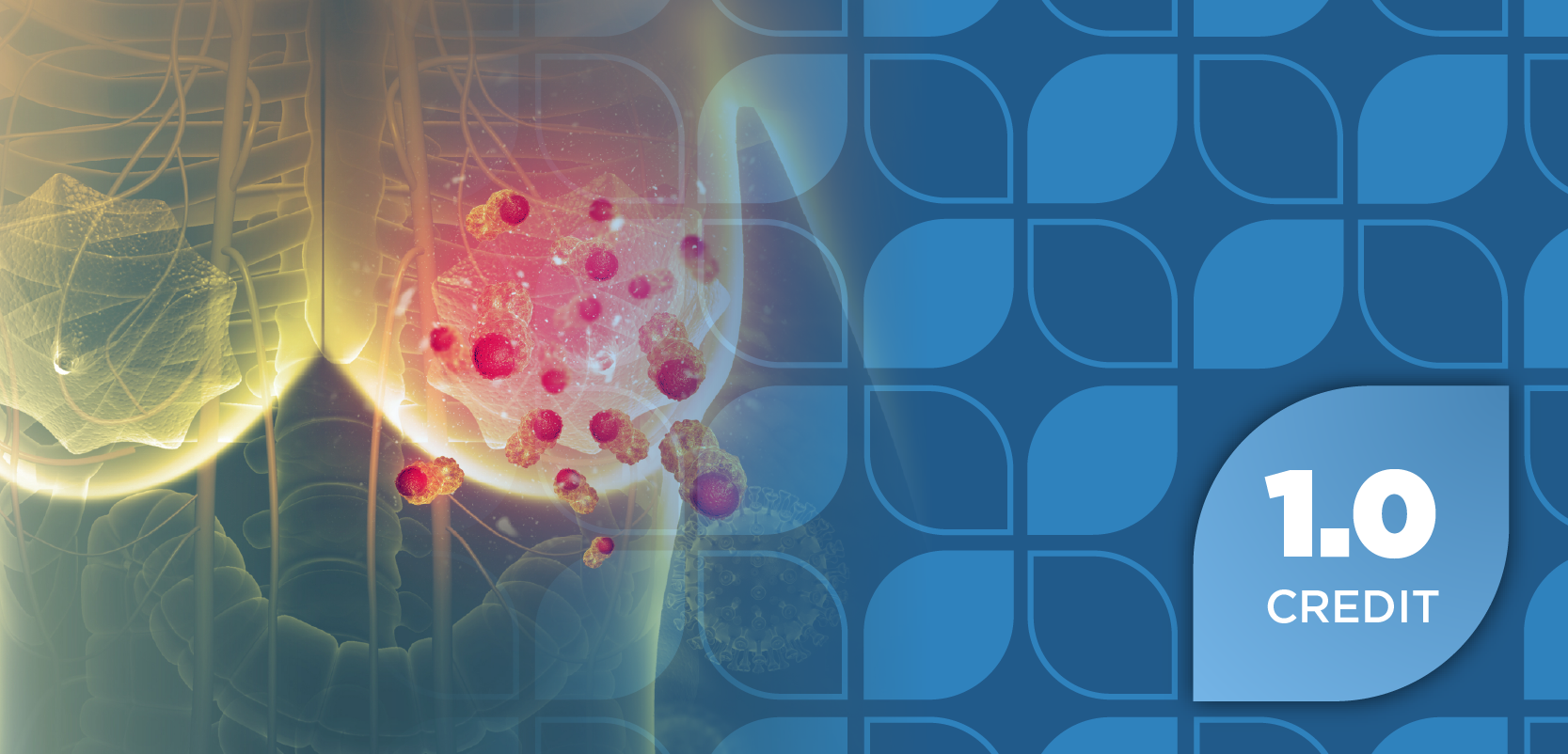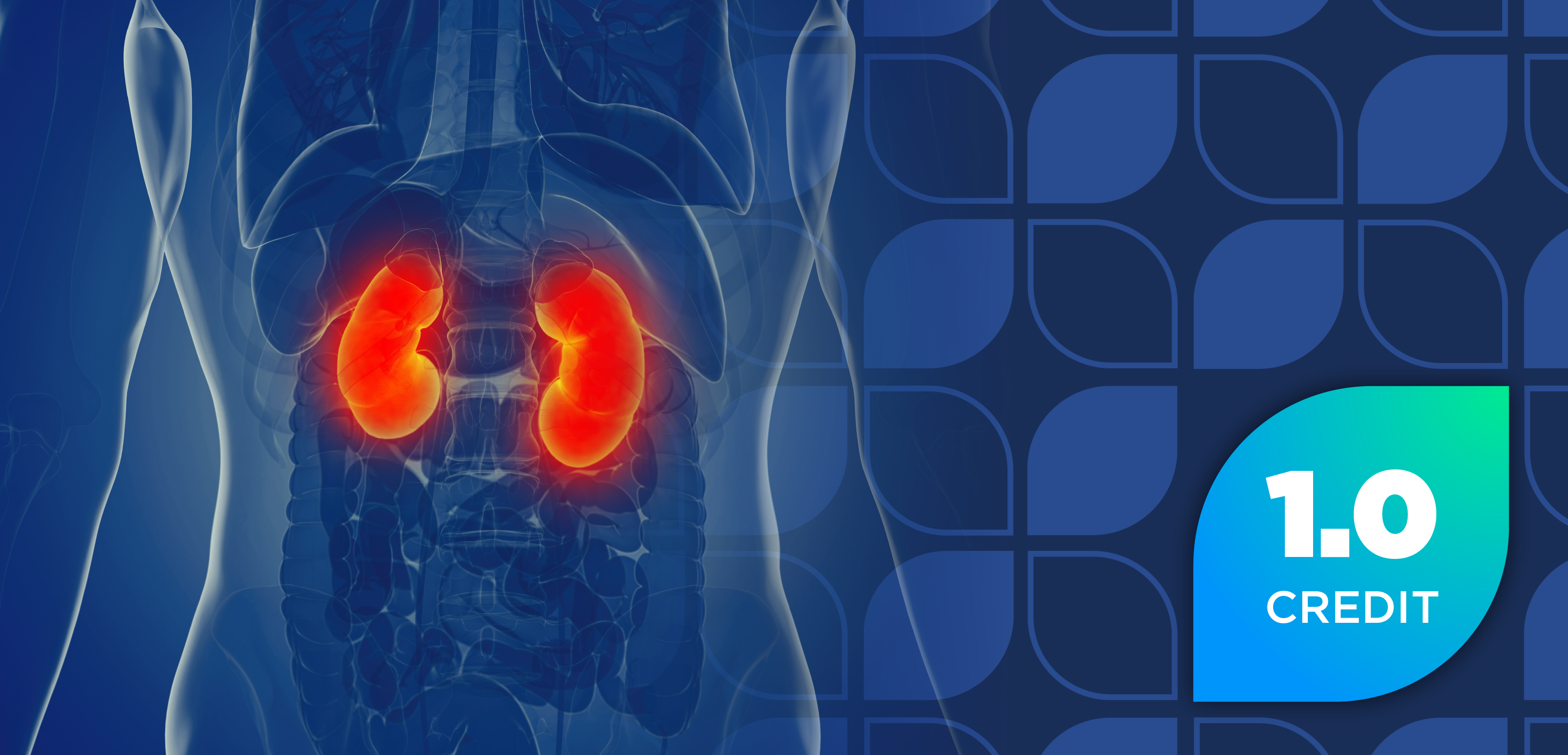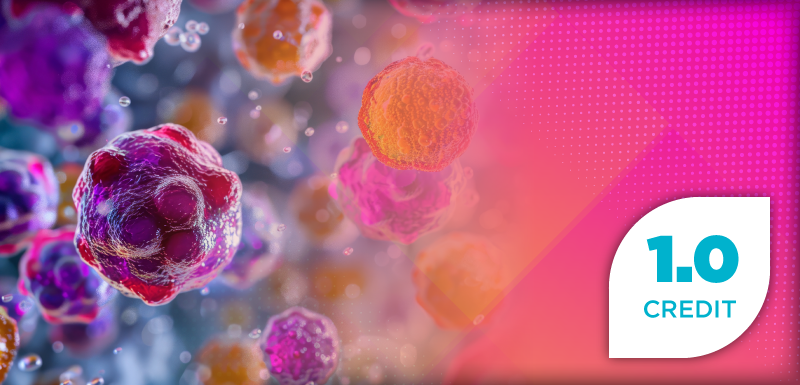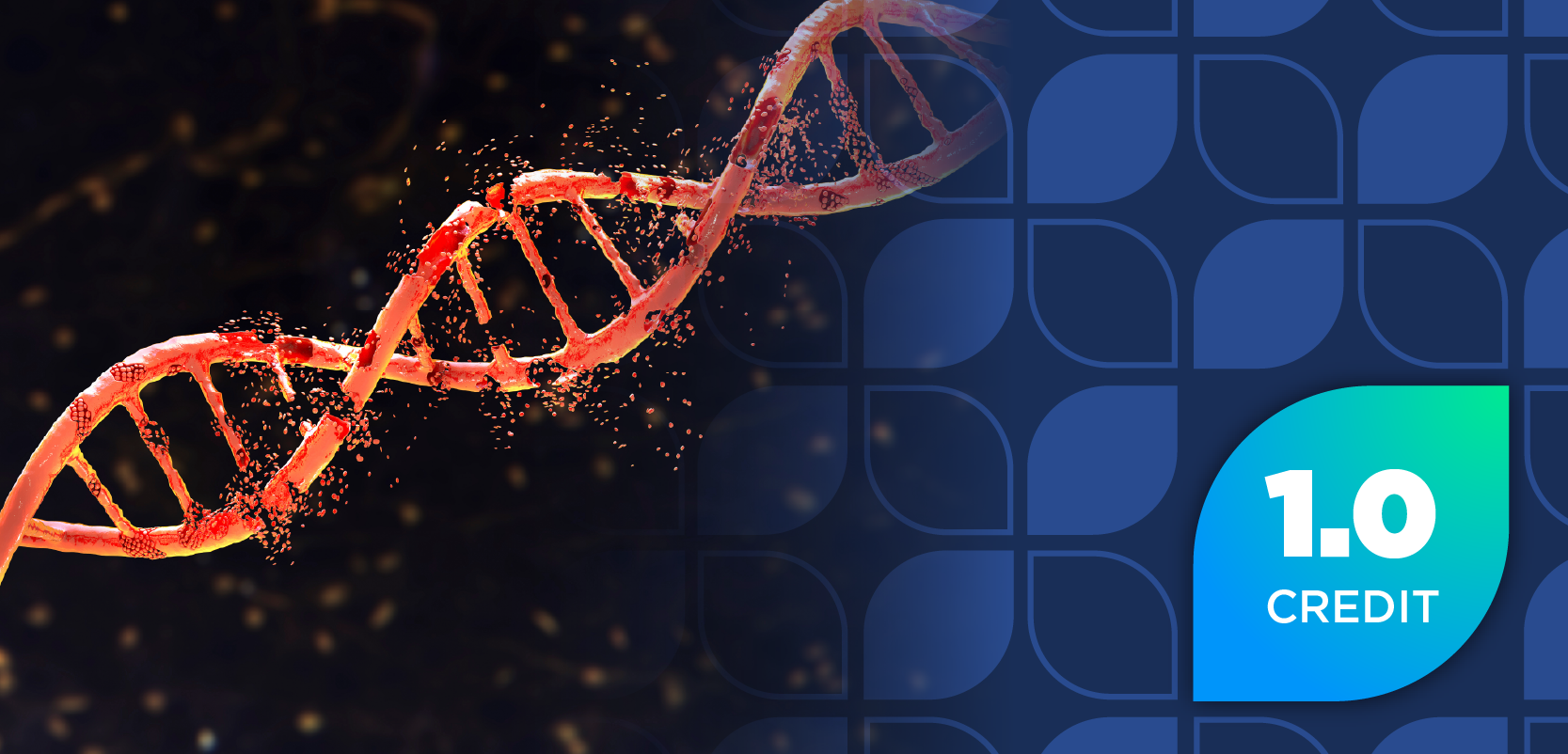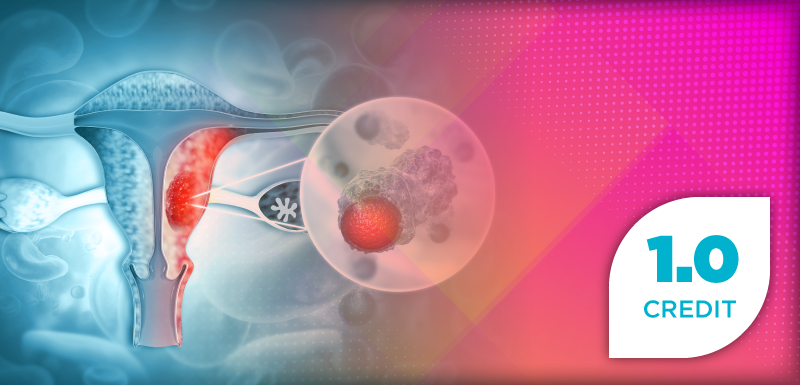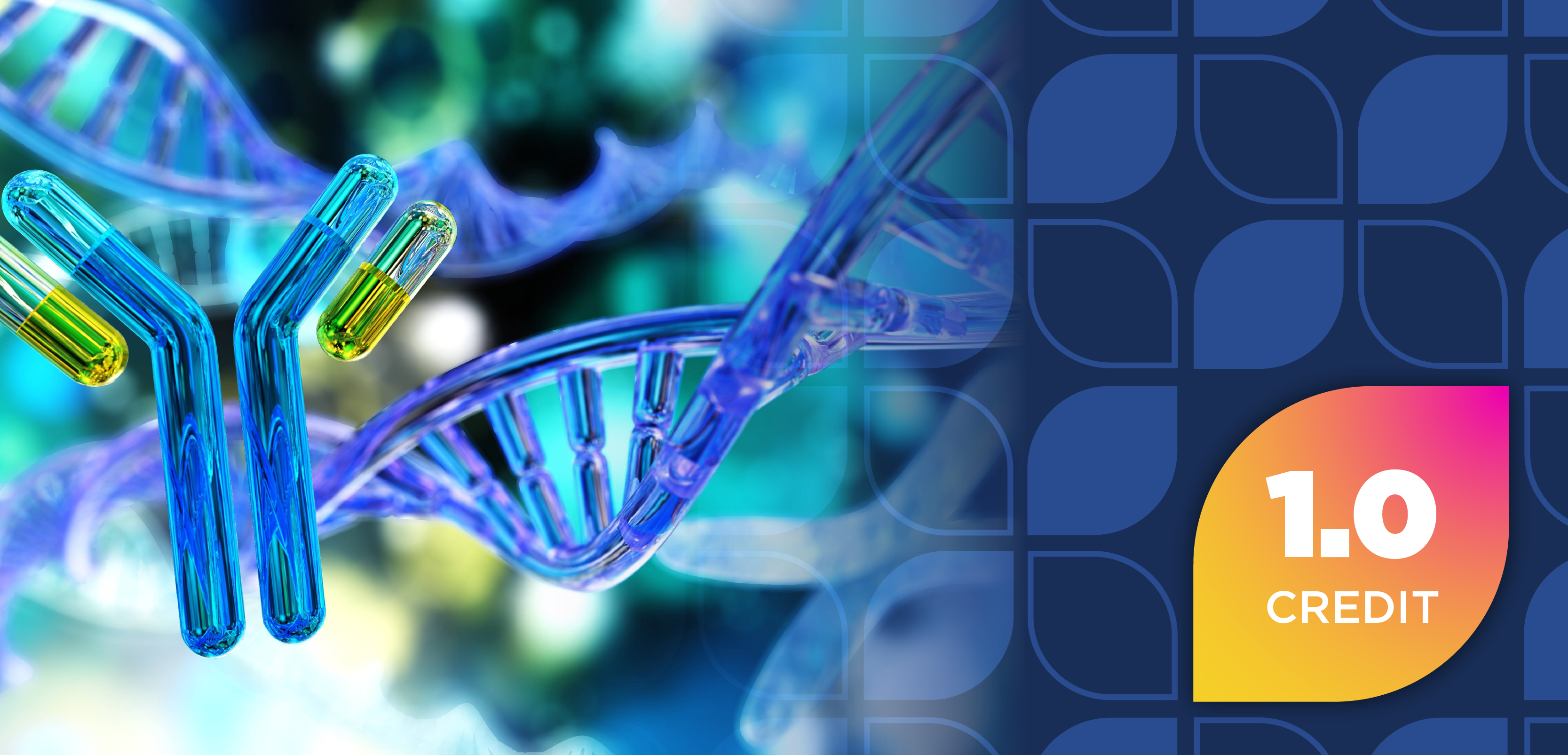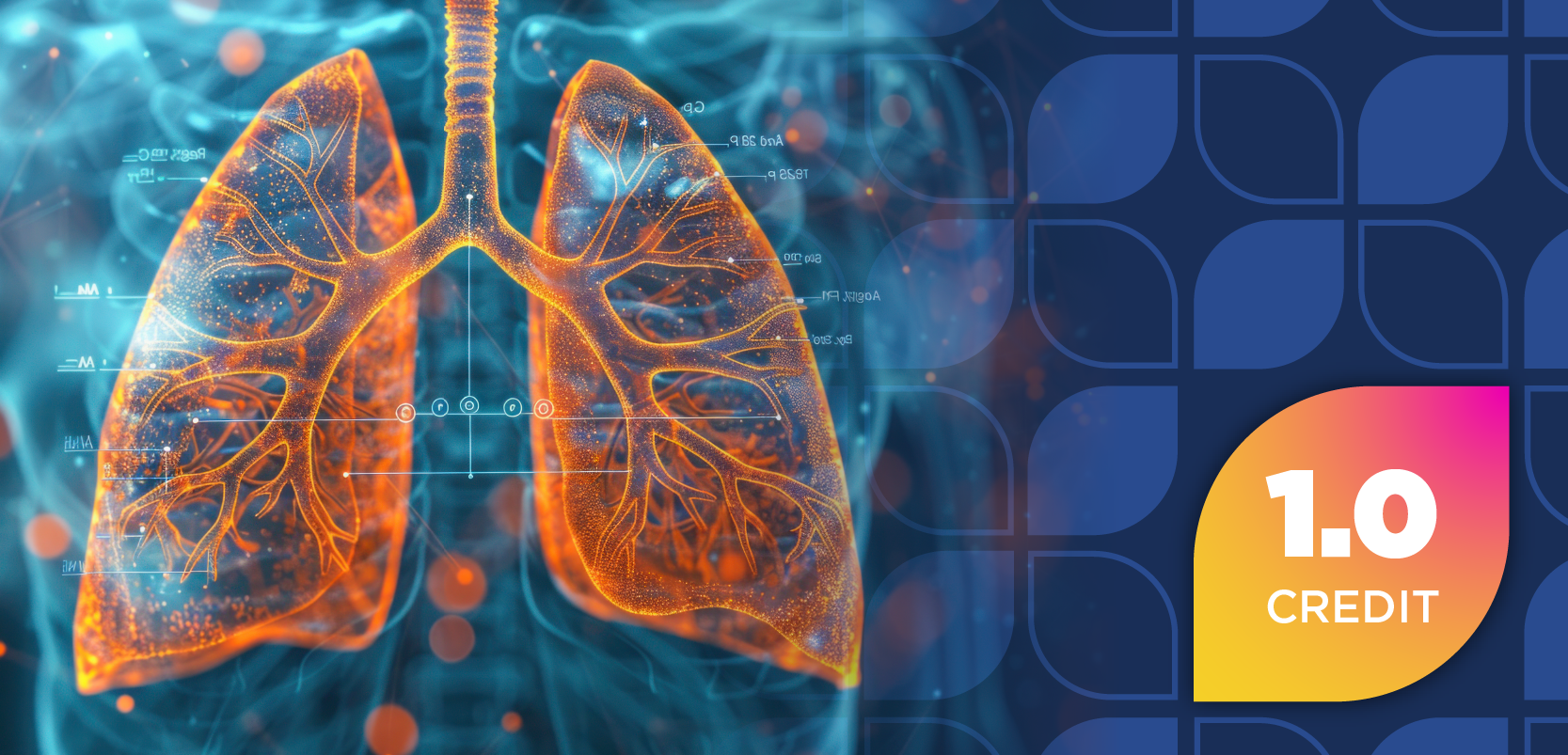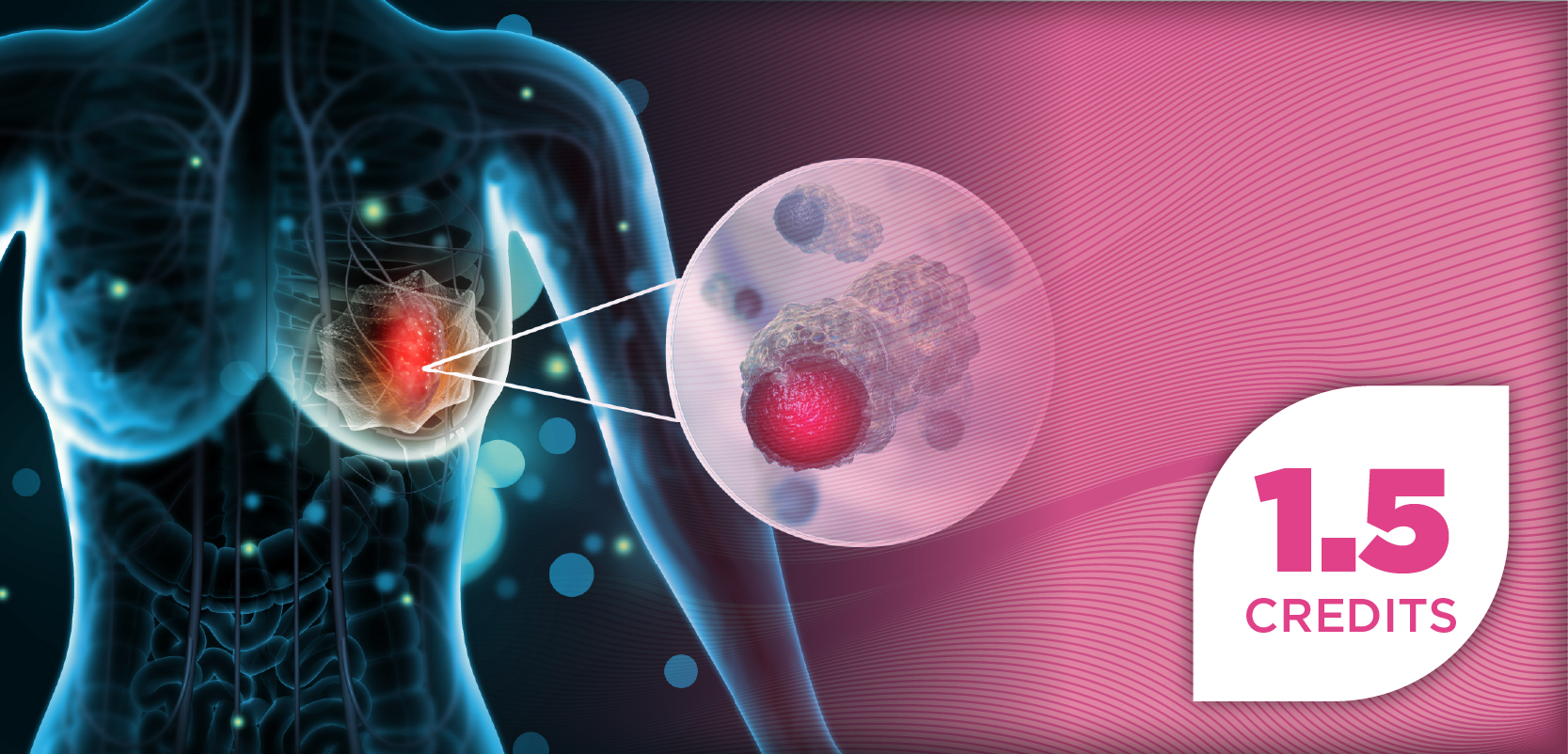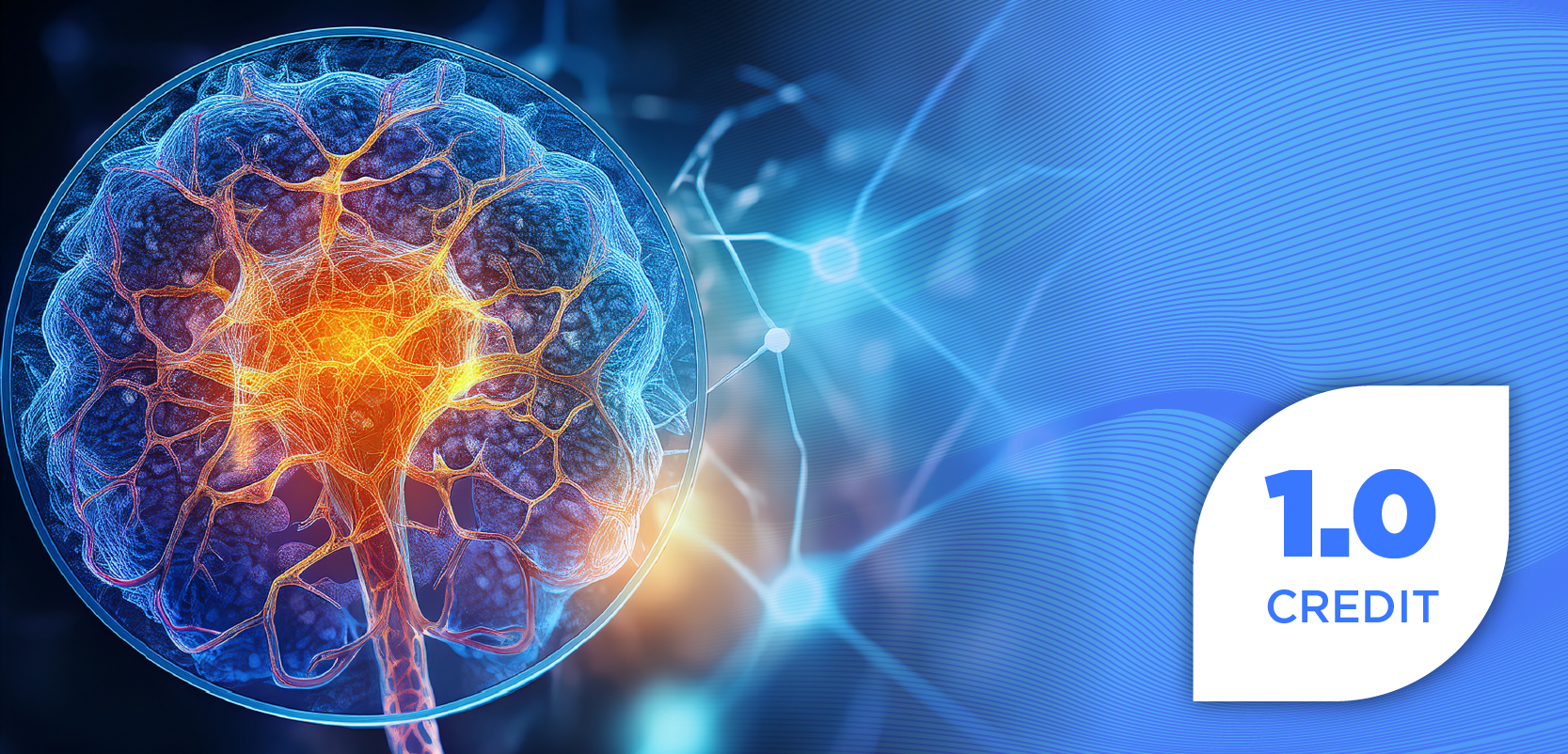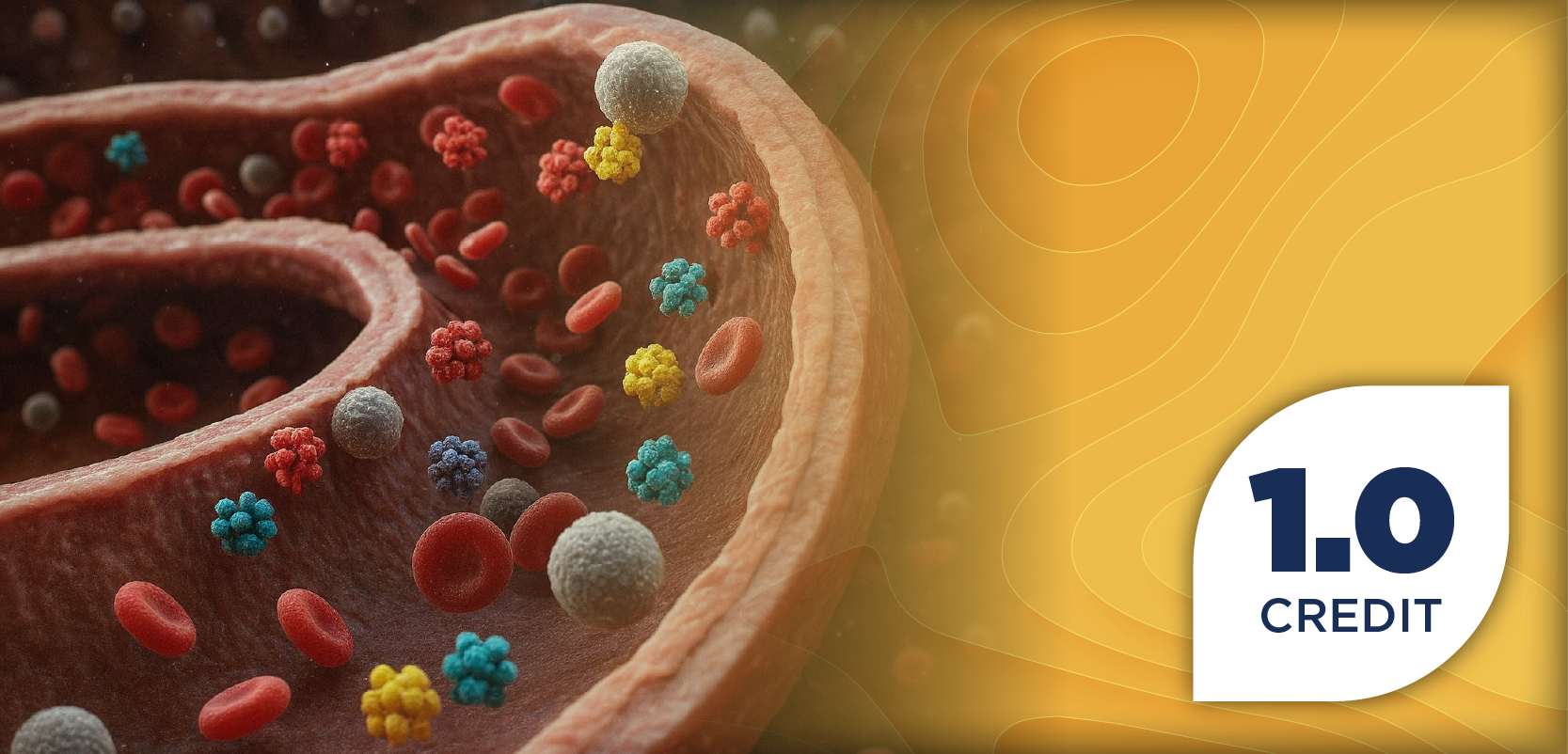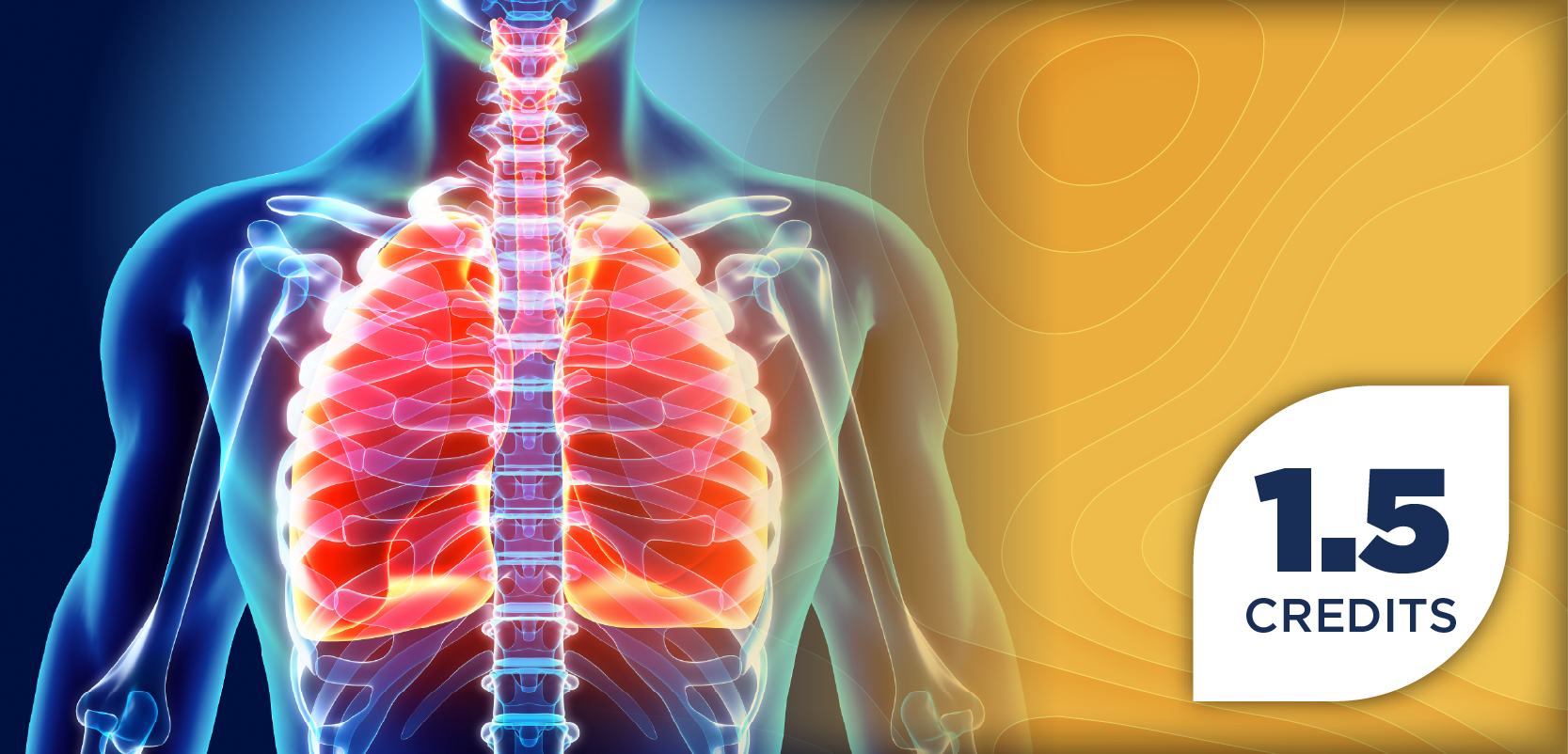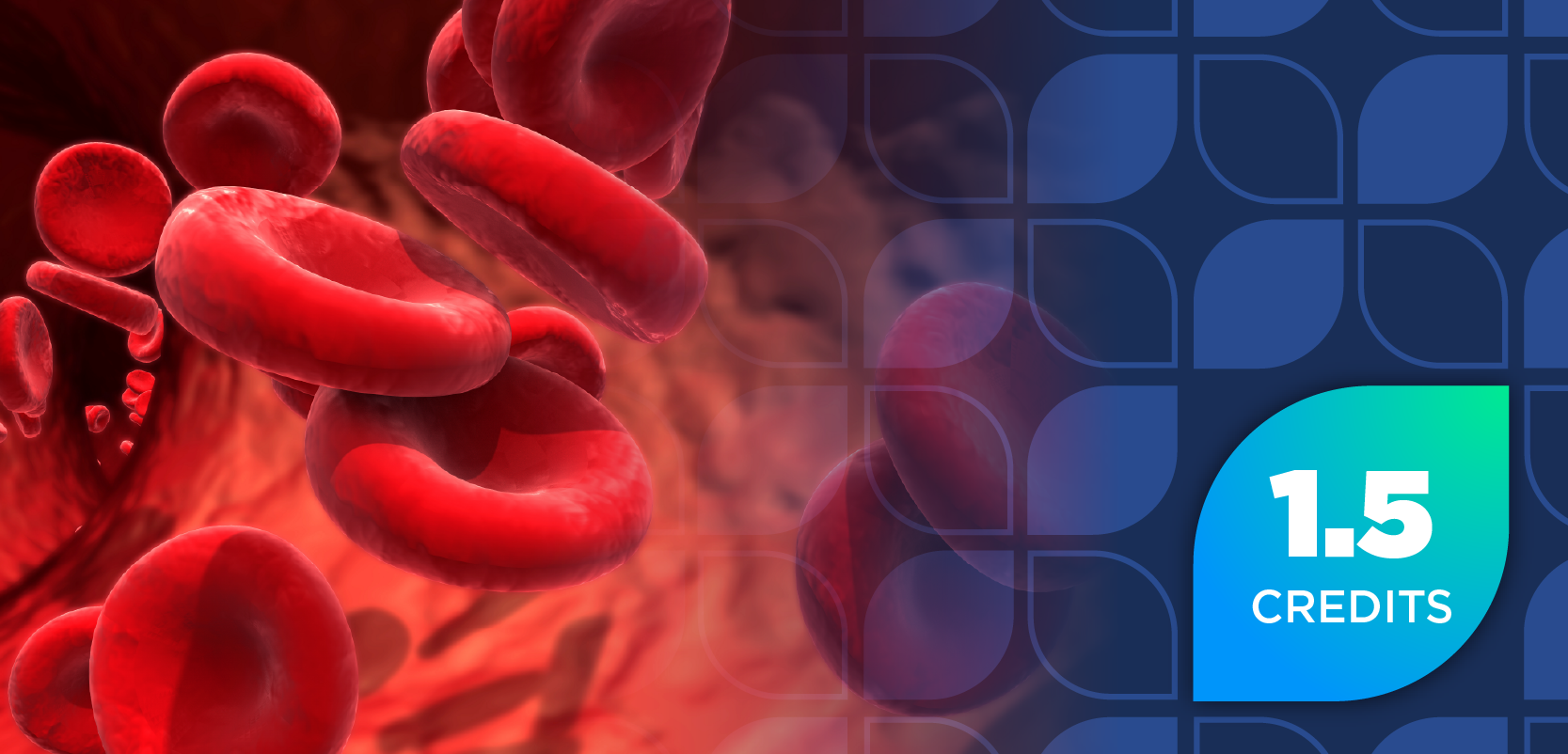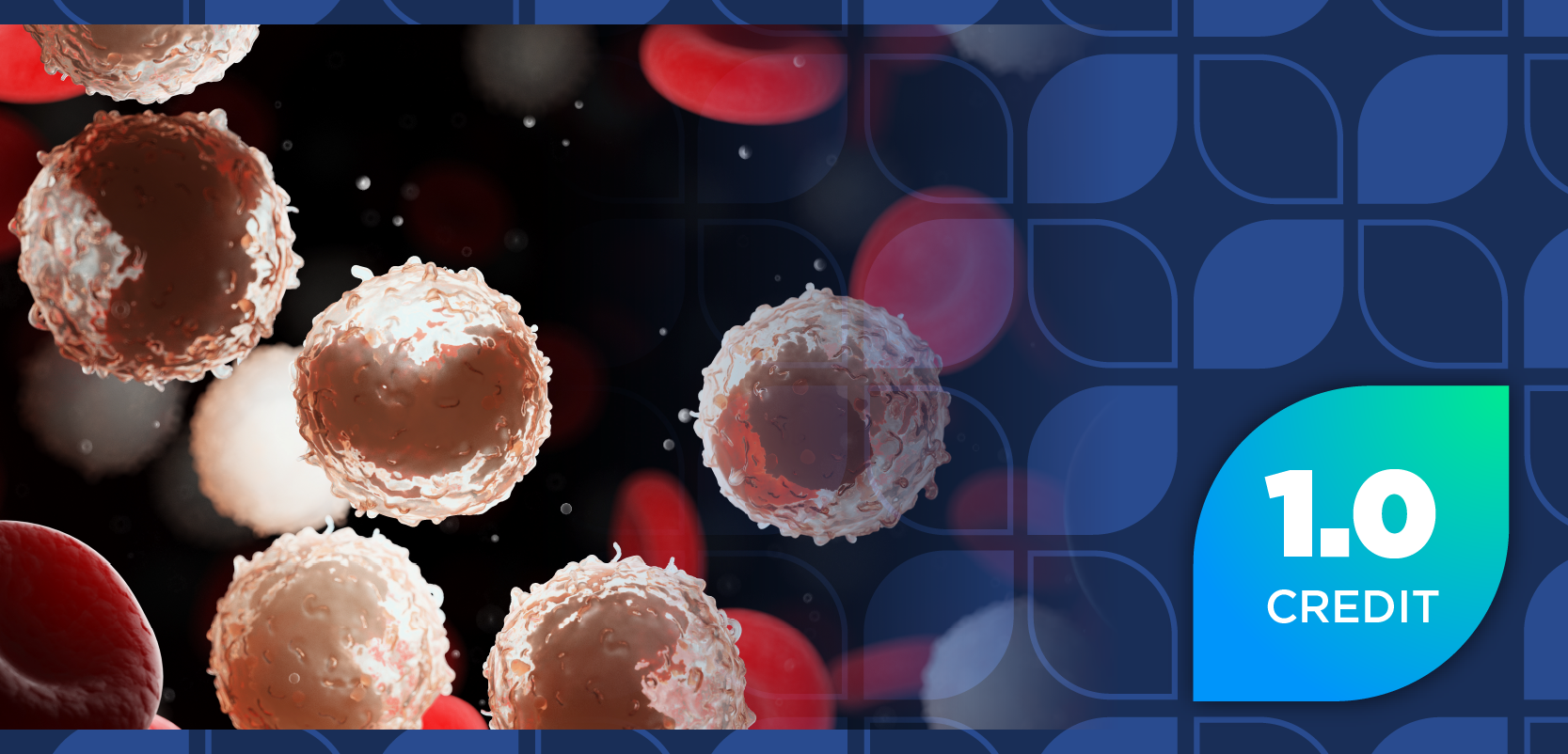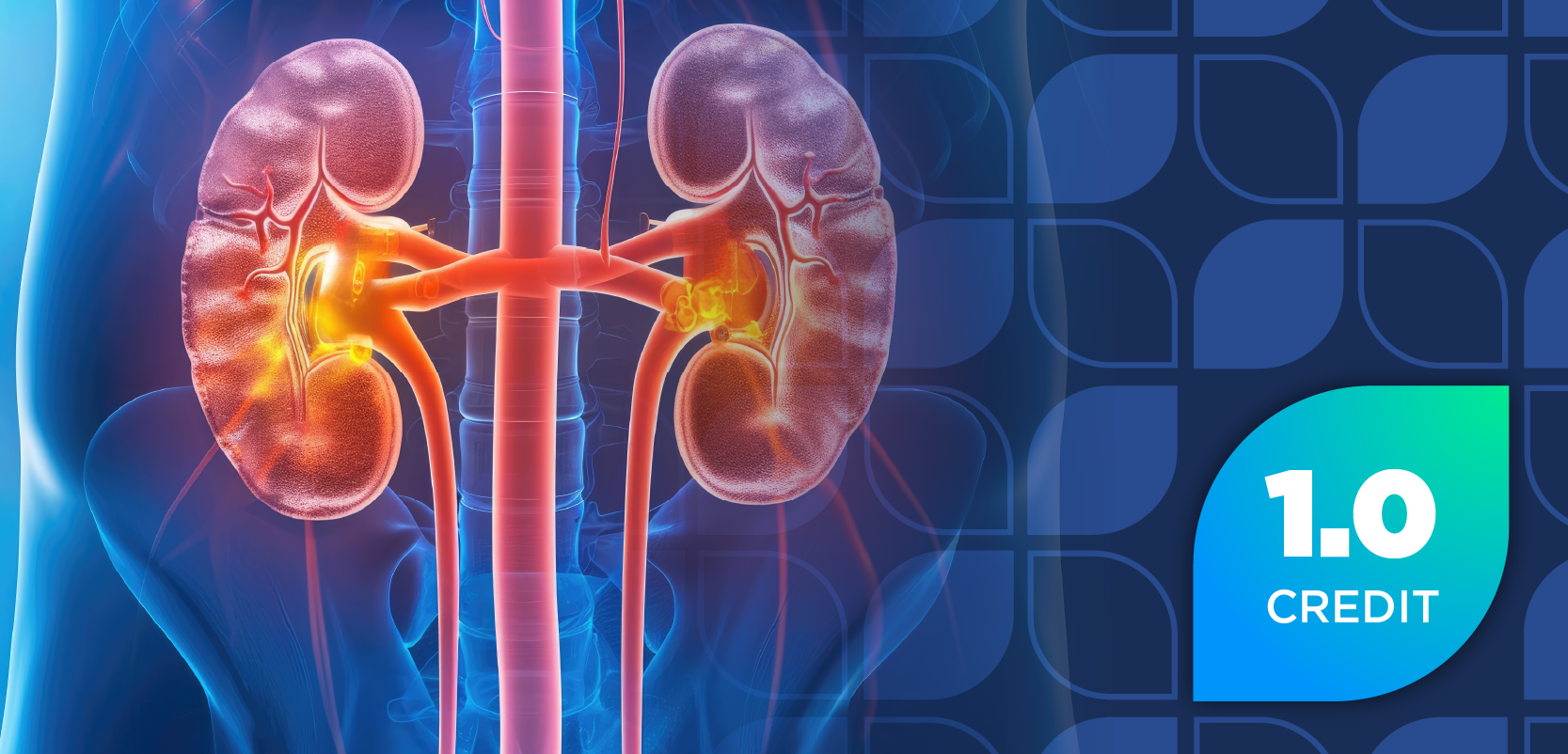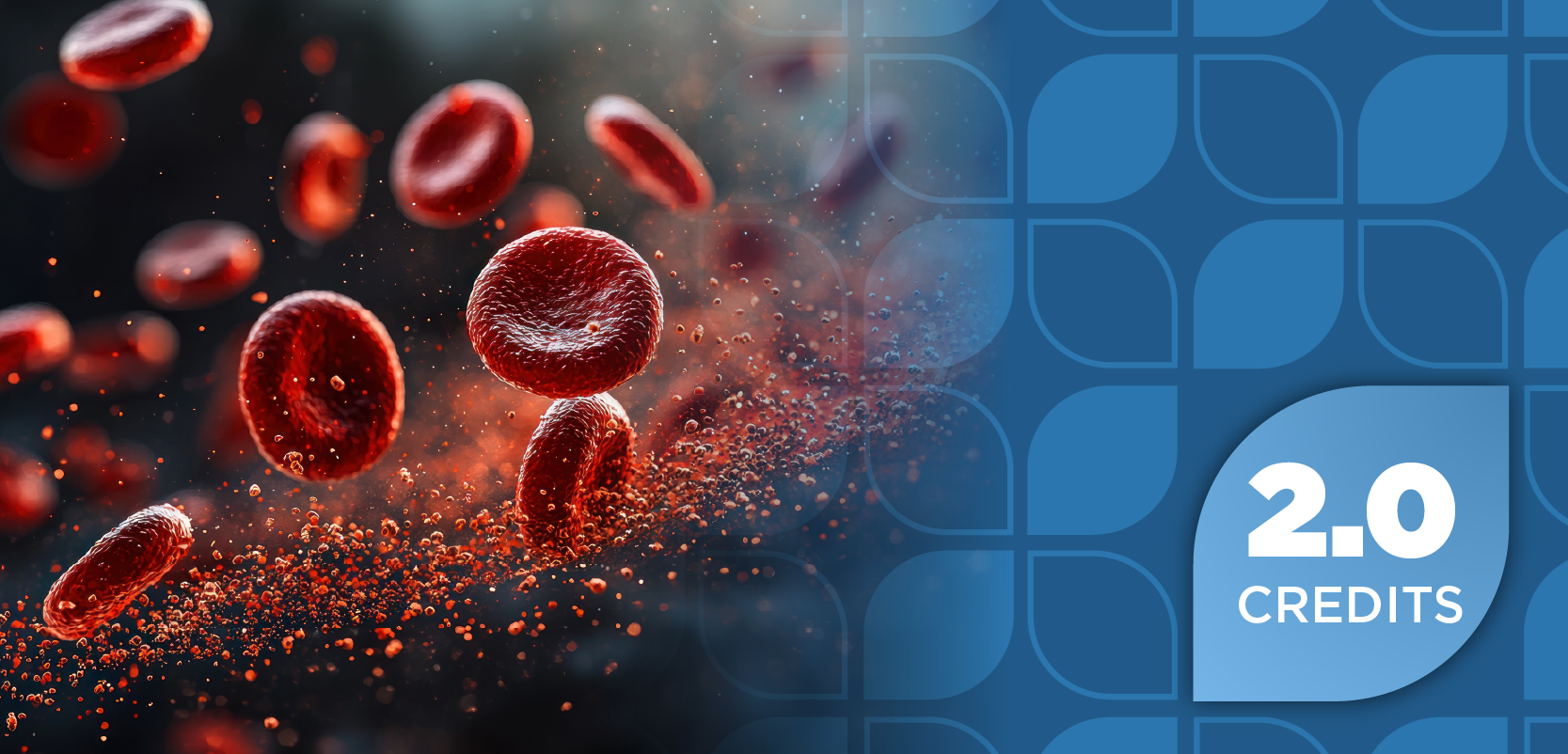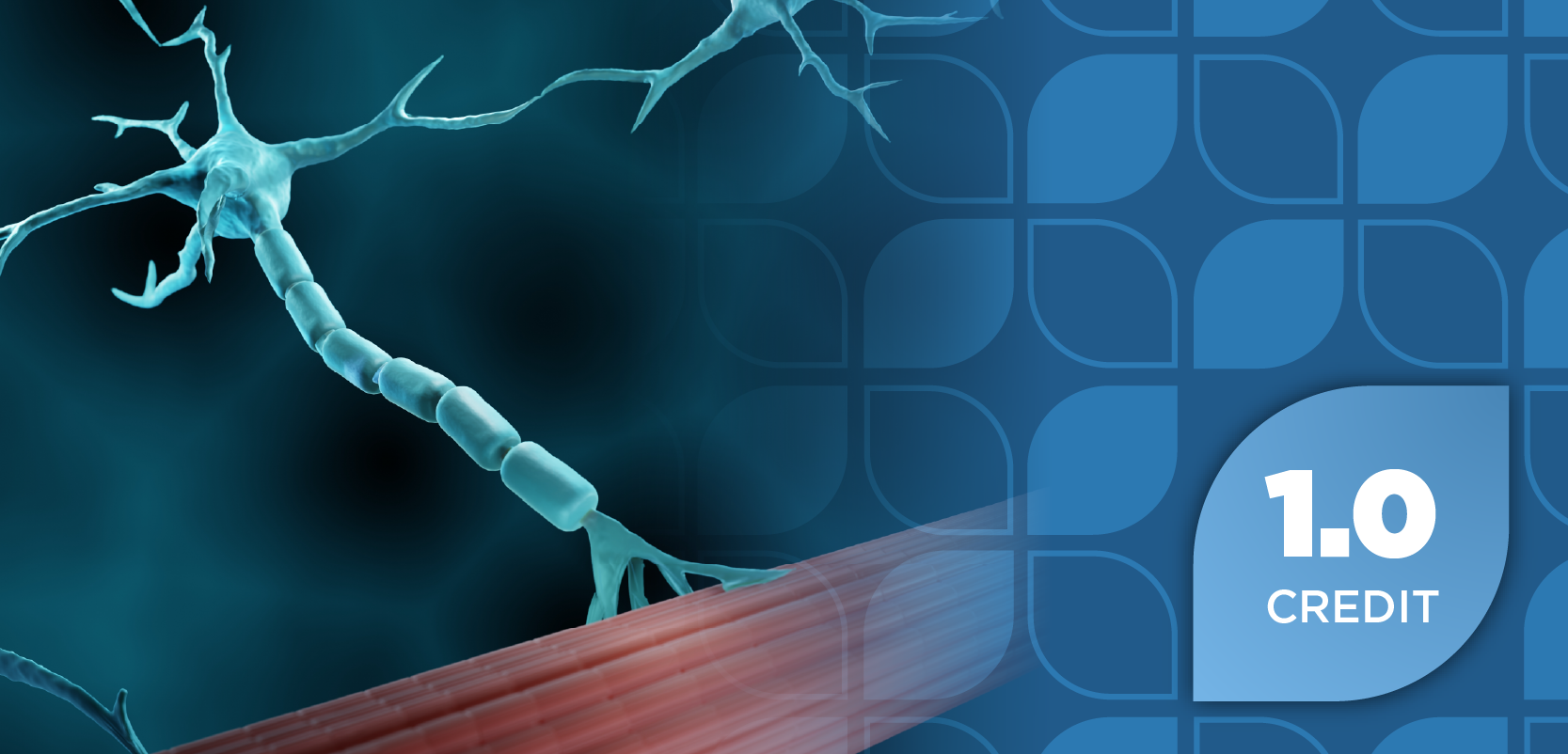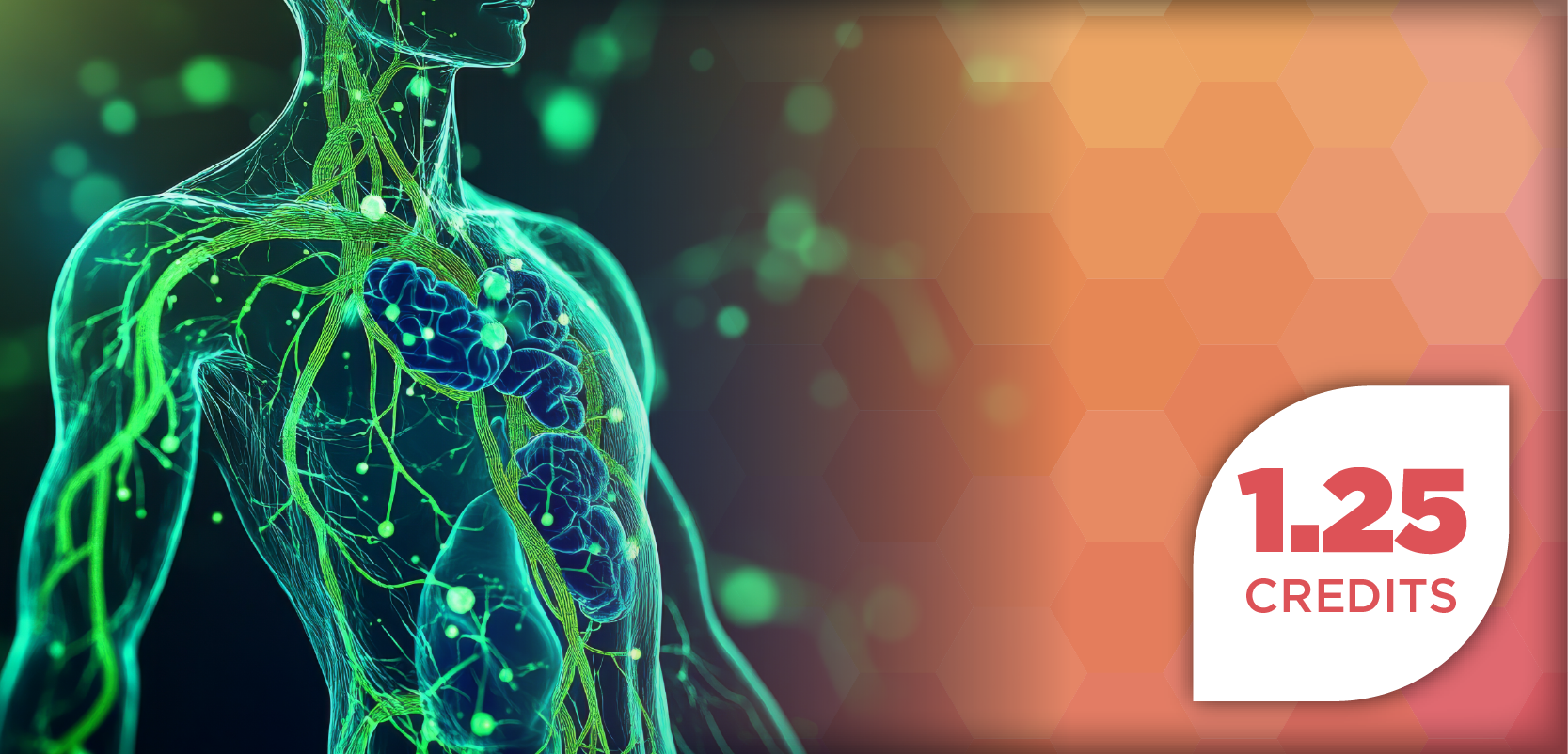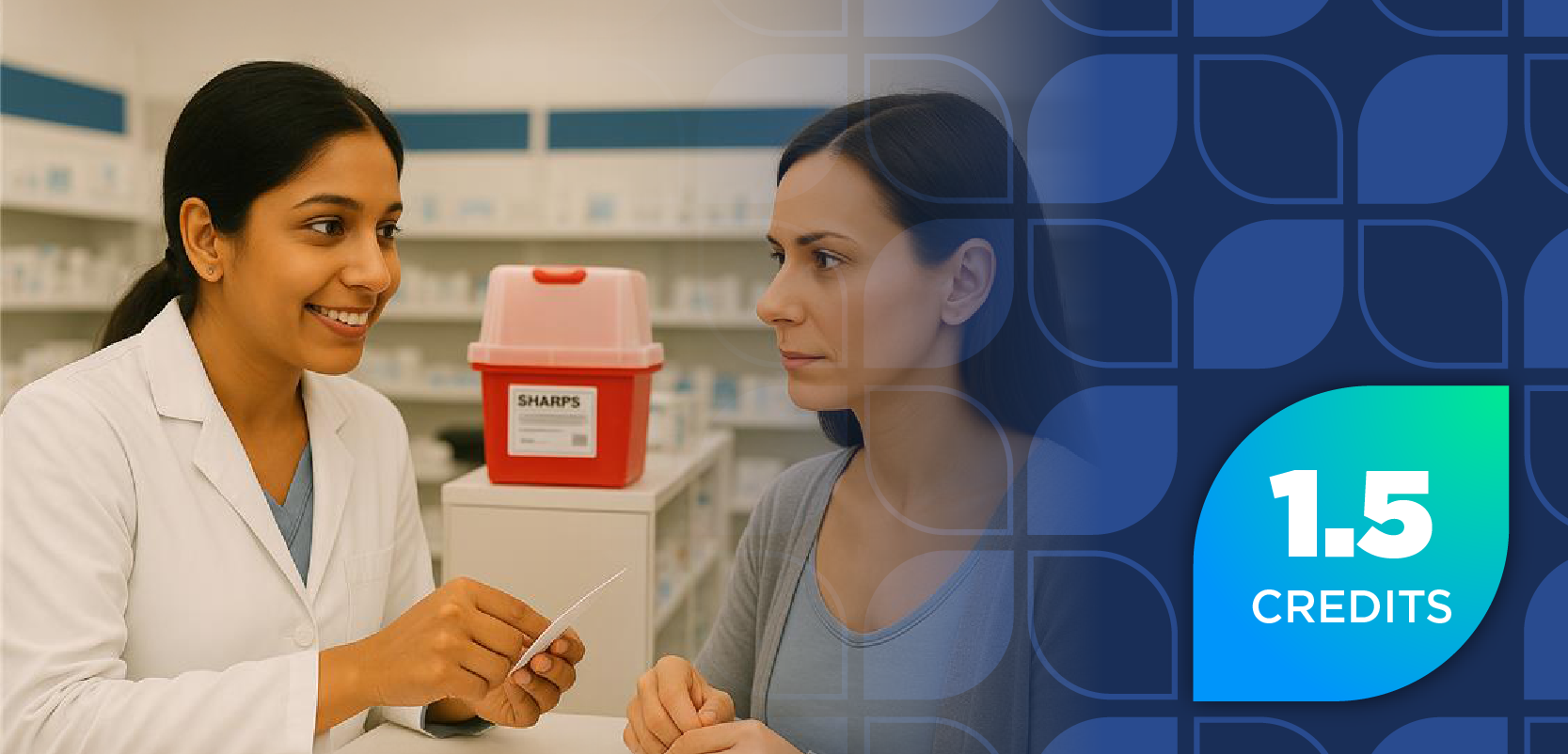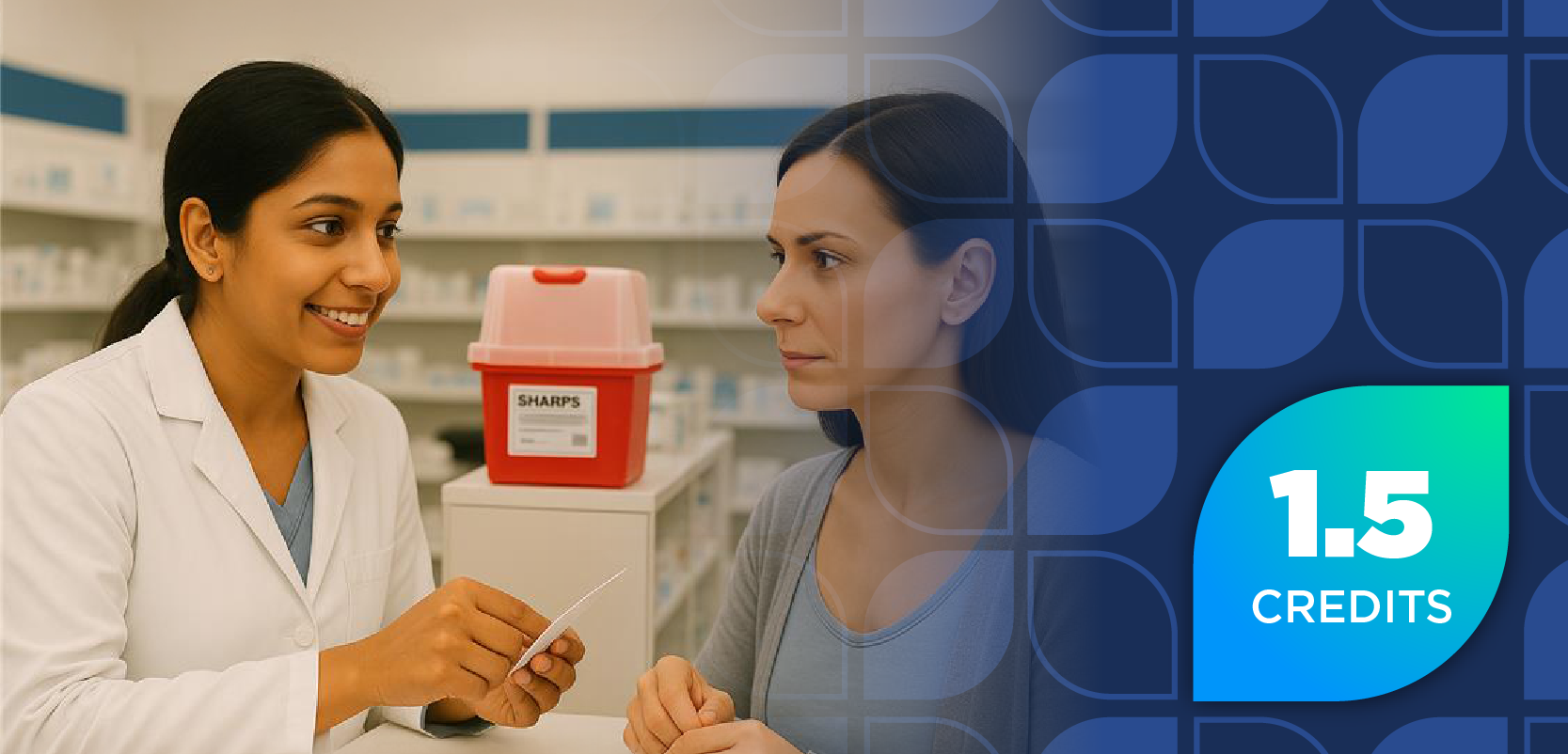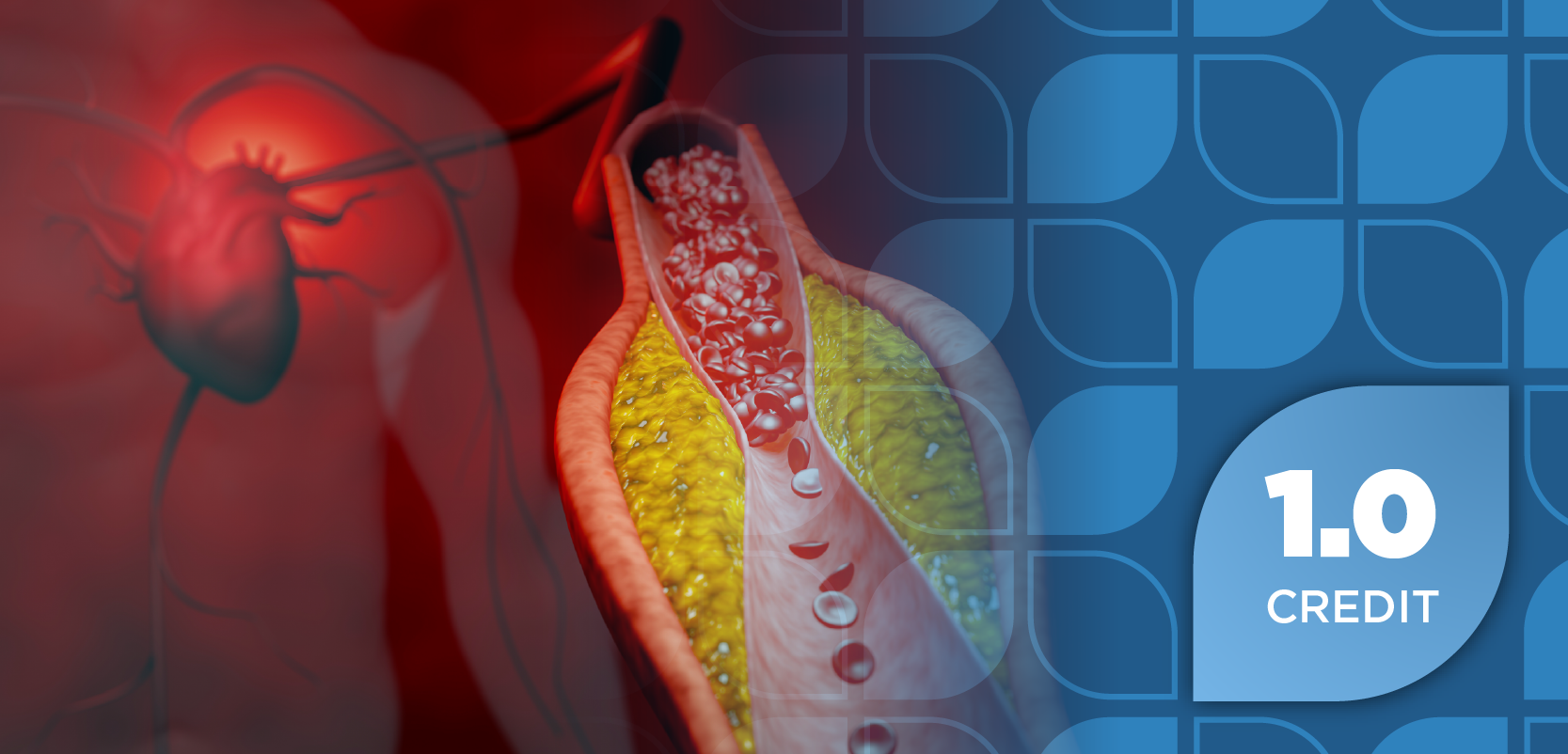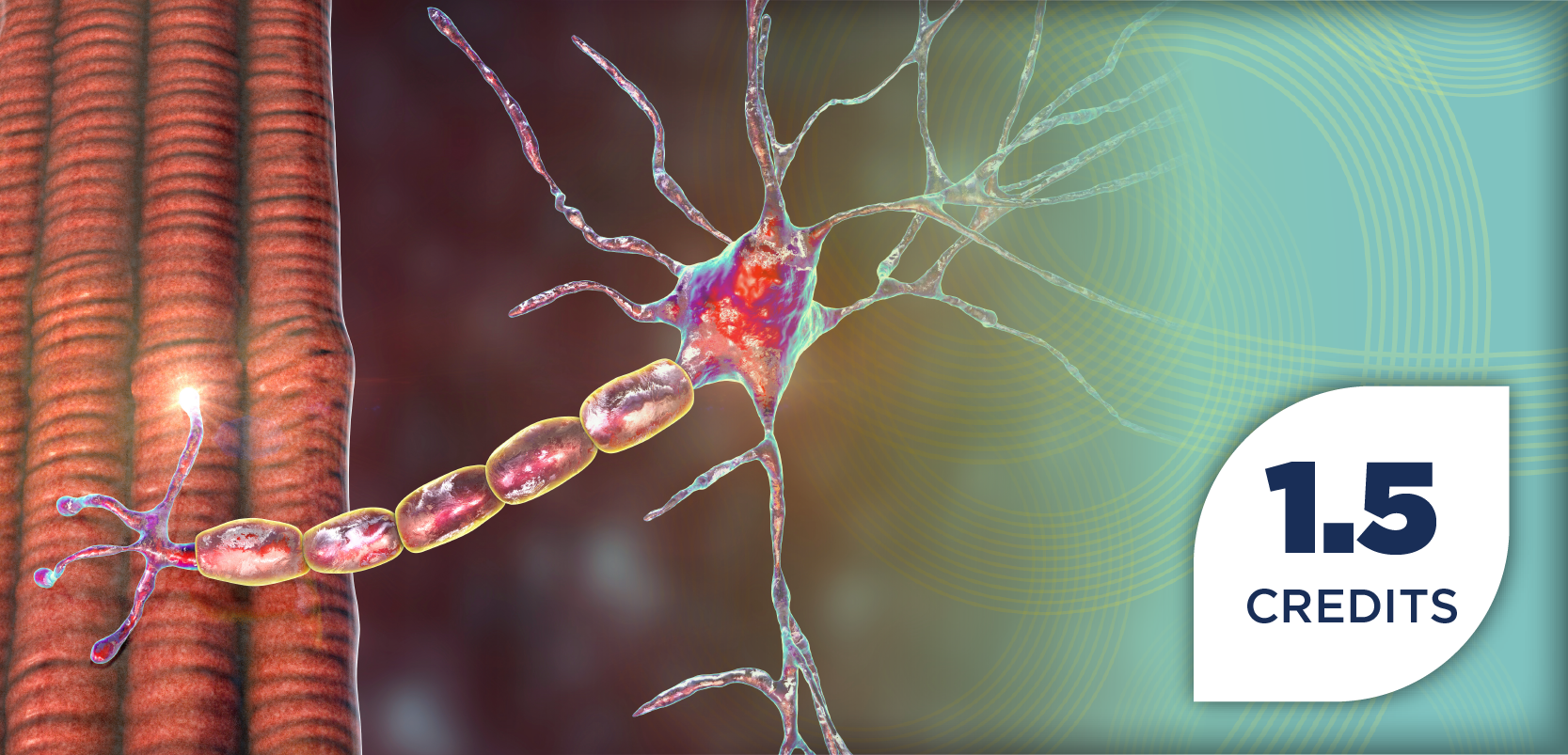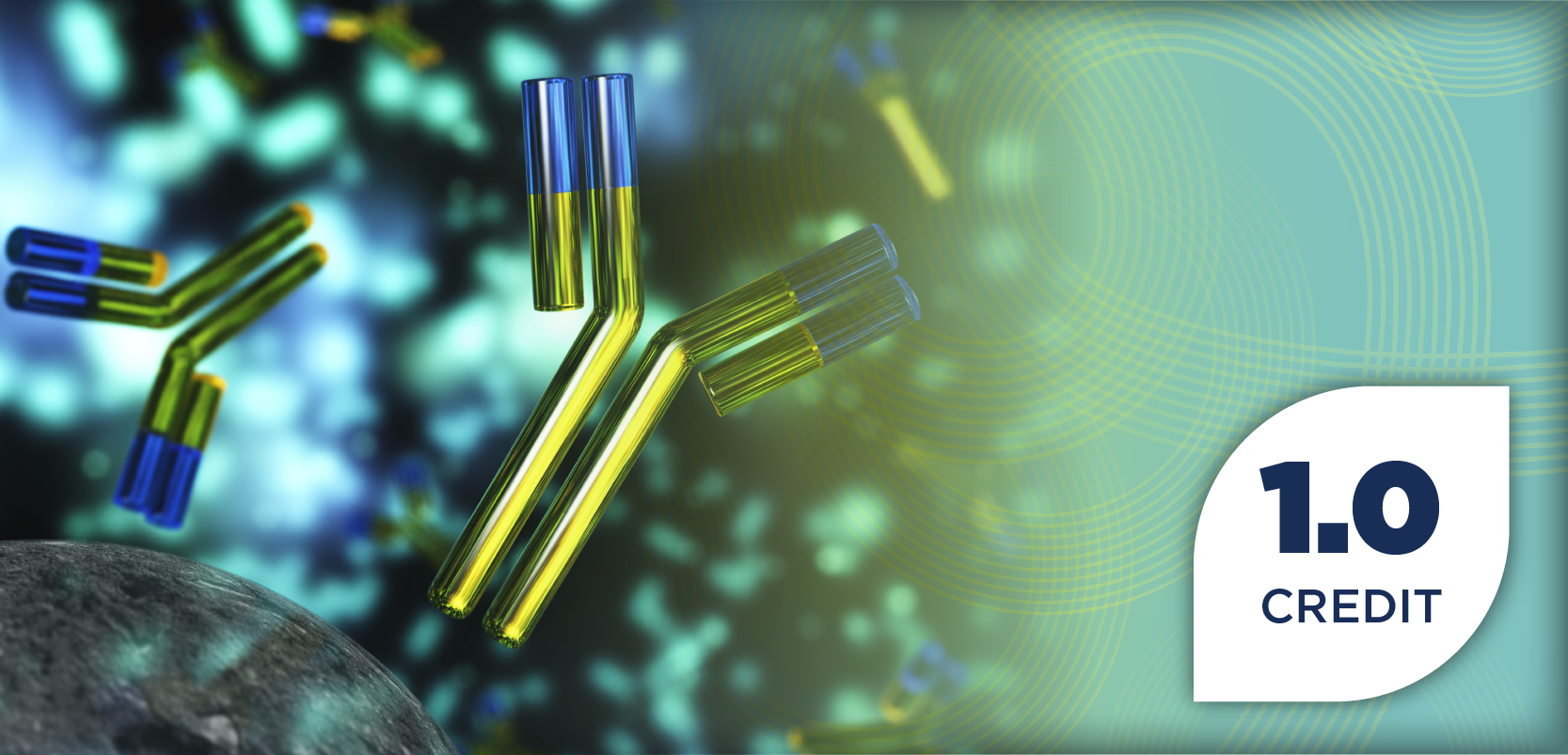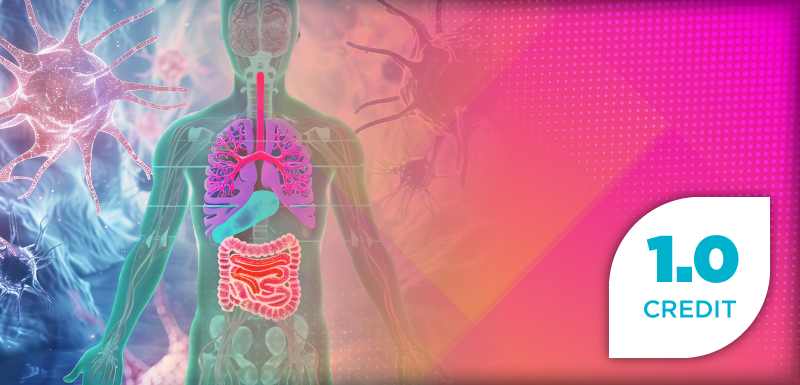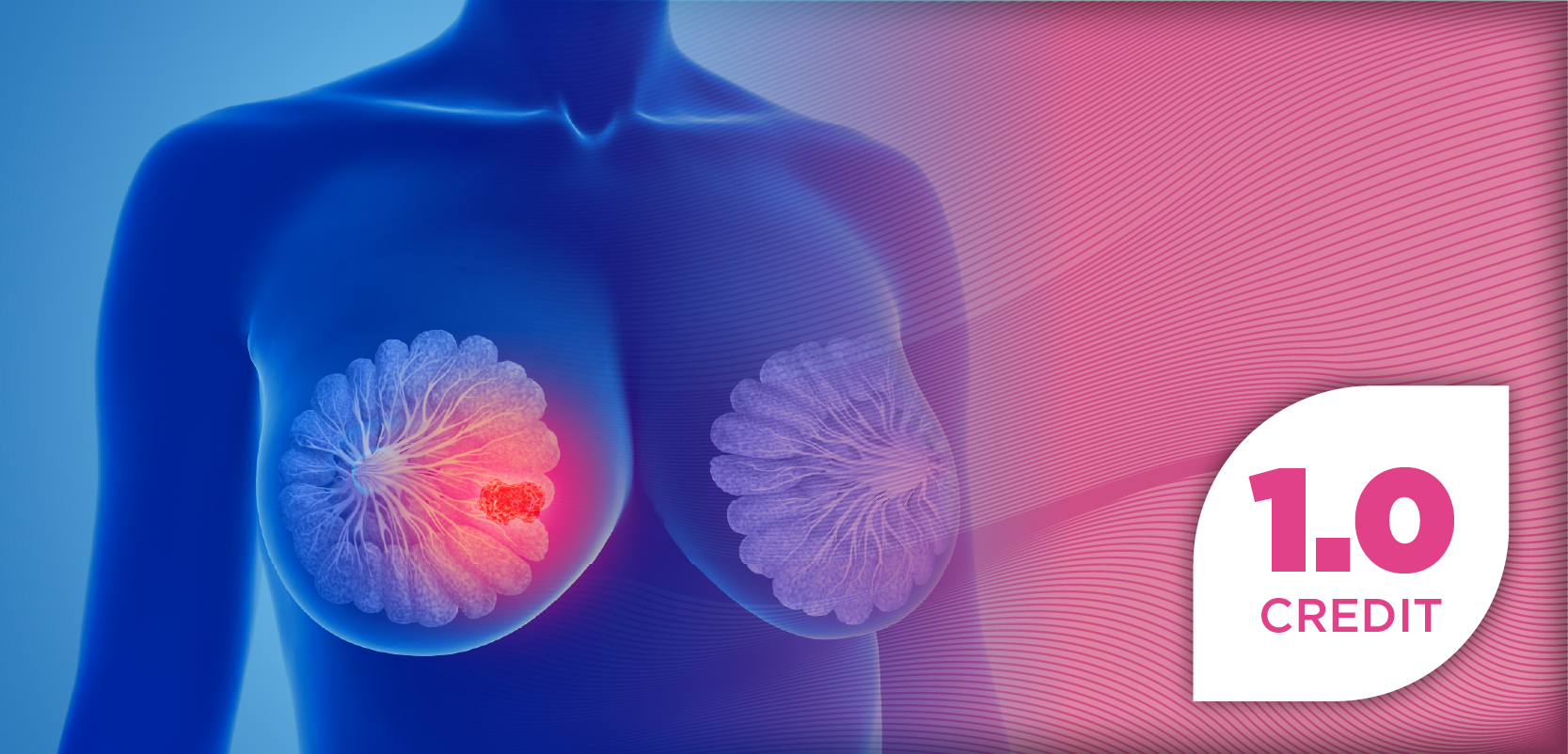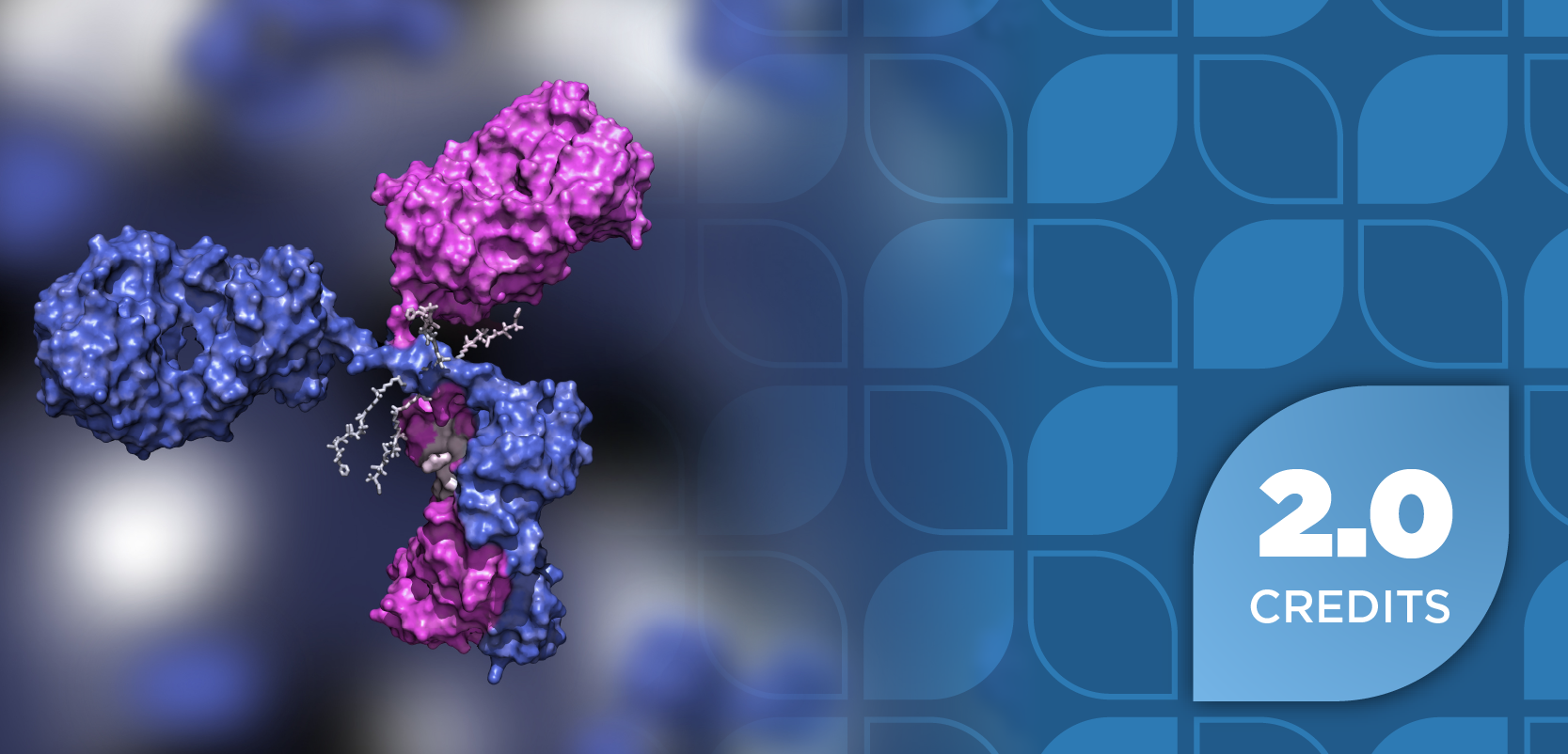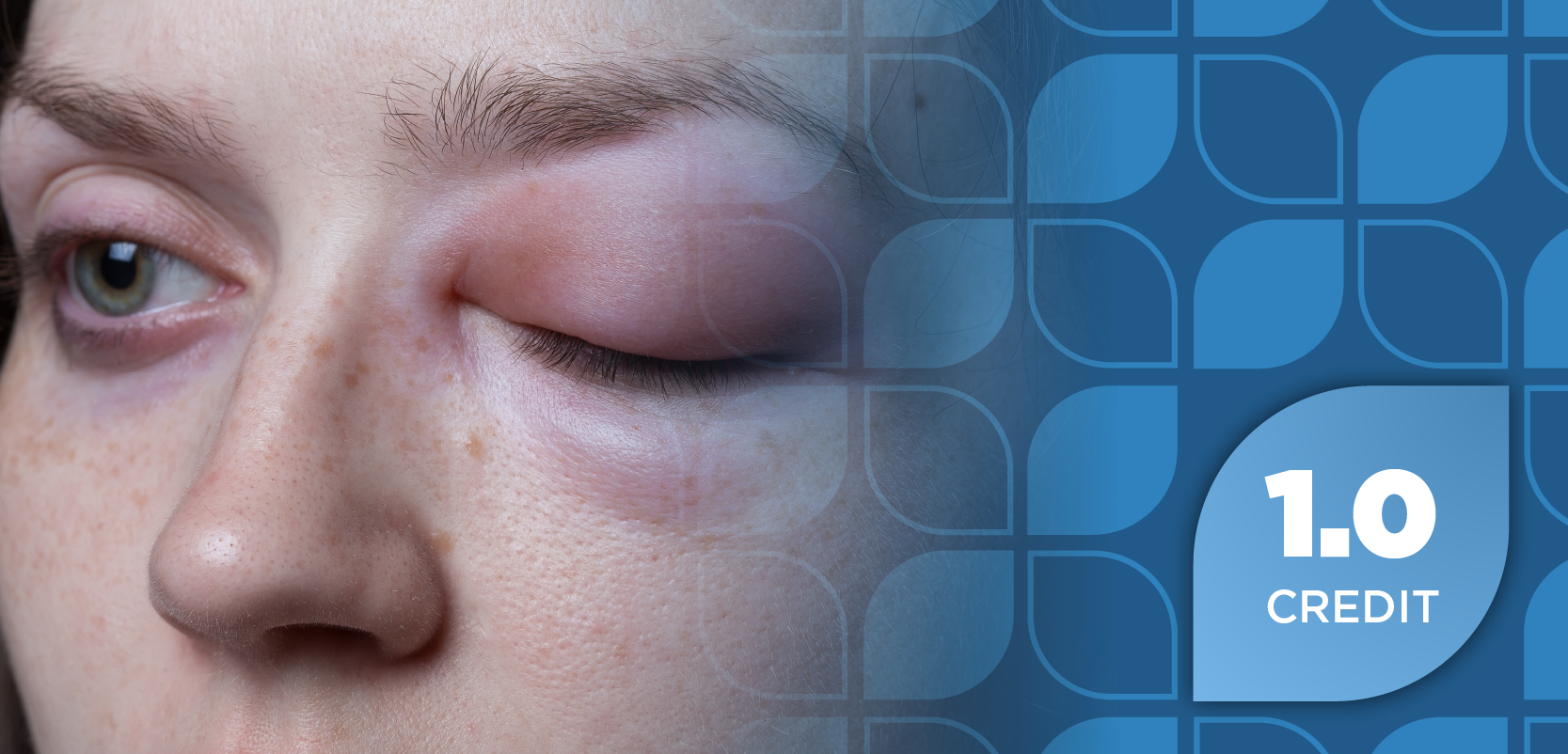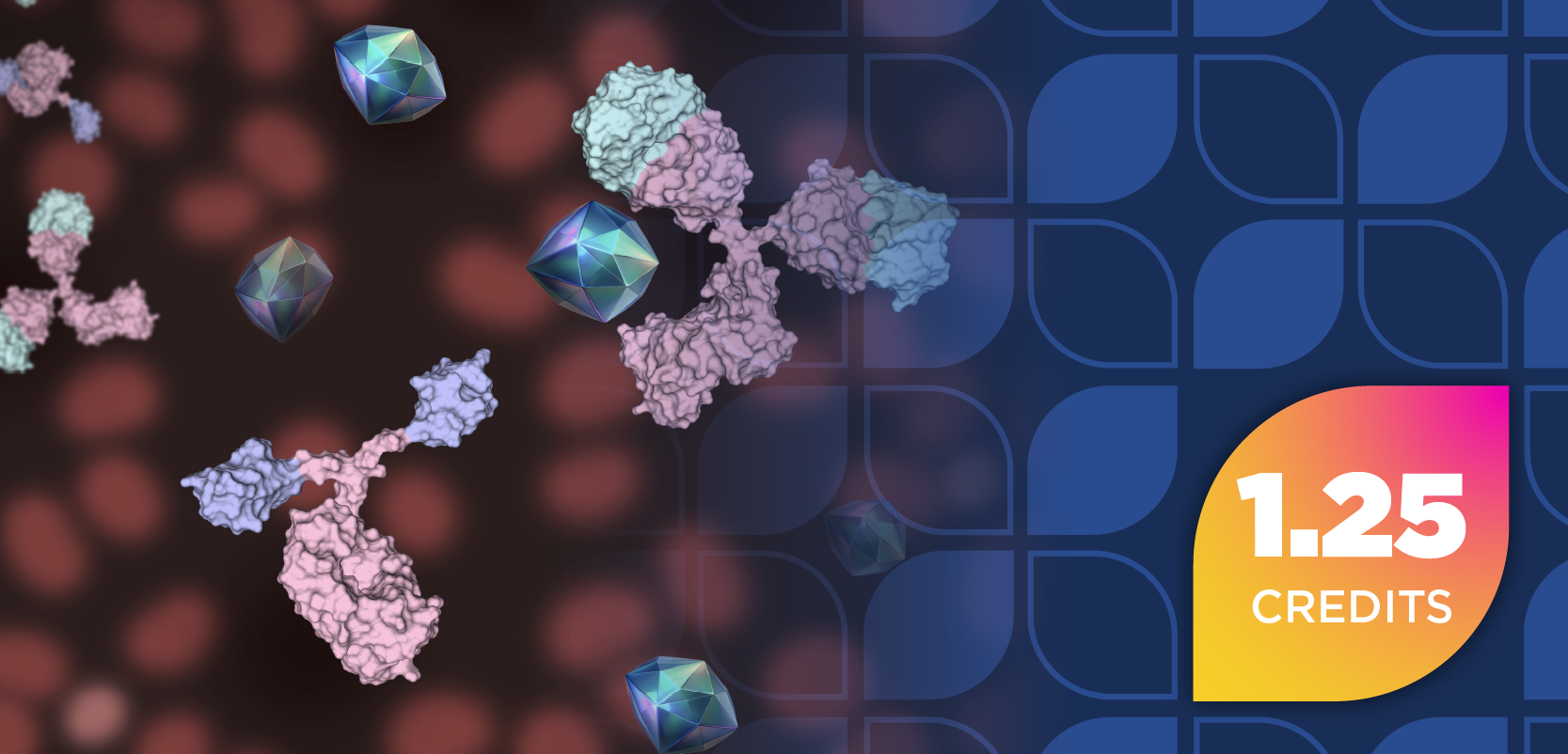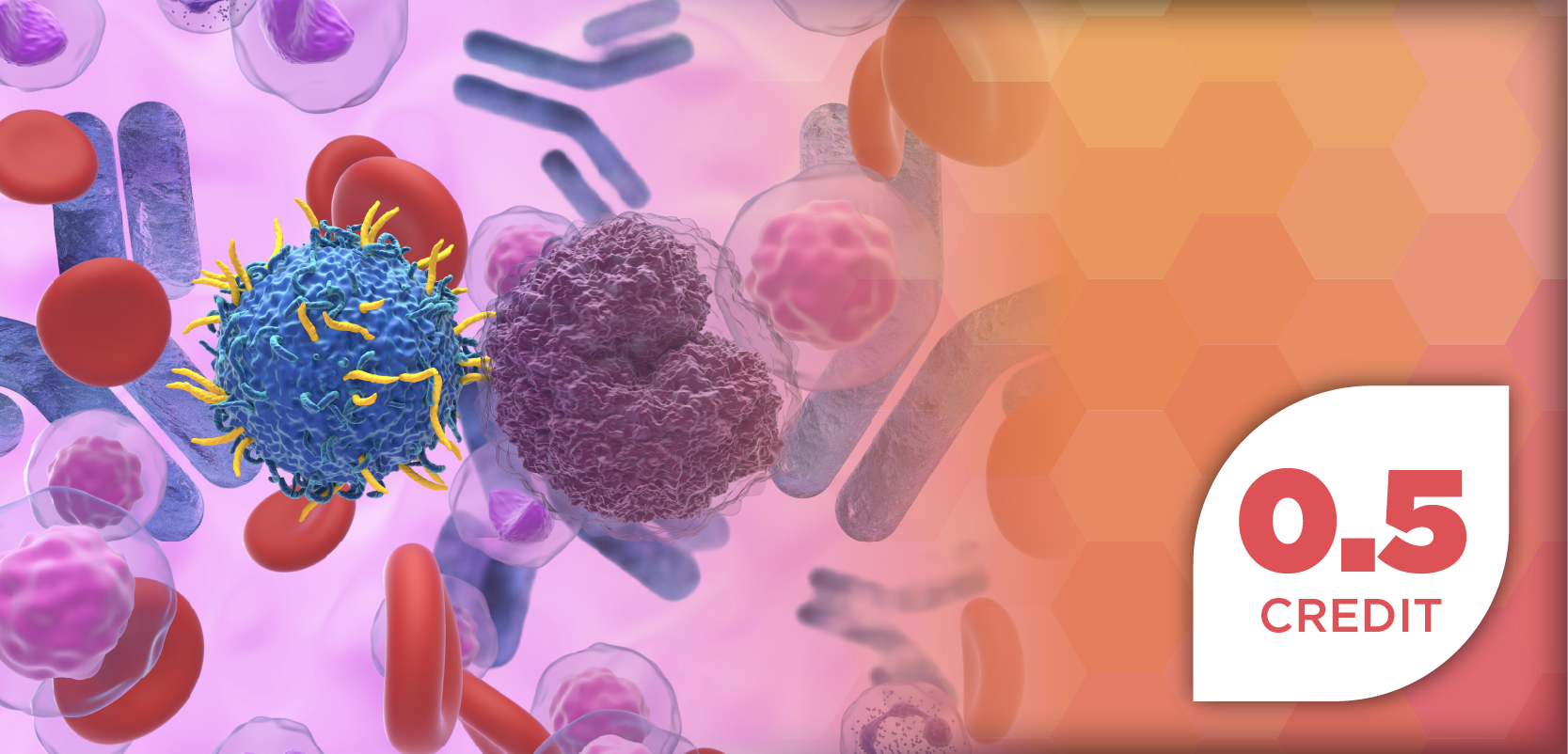Proteolysis-targeting chimeras (PROTACs) have enormous potential to treat diseases that were previously considered untreatable and could provide hope to millions of people suffering from life-threatening and debilitating conditions. But they also present significant challenges to drug developers.
Traditional small-molecule drugs inhibit proteins by binding to their active sites, but many proteins that cause disease lack accessible sites. PROTACs degrade target proteins rather than inhibit them, allowing them access to a broader range of proteins, including those with no functional active sites.1 This makes PROTACs potential game-changers in targeting undruggable proteins in complex diseases such as cancers and neurodegeneration.
PROTACs have come a long way in a short time. The concept was first validated in 2001, and significant breakthroughs were made in 2008 with cell-permeable PROTACs and in 2015 with designs targeting a broader range of proteins, including undruggable ones.1,2 Since then, the field has grown rapidly. Before 2015, only about 10 articles about PROTACs had been published. By the end of 2021, there were more than 900. In 2019, ARV-110, which targeted the androgen receptor (AR), became the first PROTAC drug to enter clinical trials, and there are now at least 12 drugs in clinical development.3,4
PROTACs are generating significant excitement for multiple reasons, including their ability to decrease the non-enzymatic and enzymatic functions of proteins, eliminate protein targets rapidly and irreversibly, enhance selectivity and specificity, and overcome drug resistance. However, because of their molecular makeup, PROTACs can be tricky to design, develop, and study, as they suffer from poor solubility and permeability. Thankfully, researchers are already finding ways to conquer these hurdles.
Oral Bioavailability Challenges
A PROTAC molecule has 3 main parts. The target-binding component attaches to the protein that needs to be degraded. The E3 ligase-binding component binds to an E3 ligase, a protein that tags others for destruction, and the linker connects the 2. This structure allows the PROTAC to connect the target protein with the E3 ligase, tagging the target protein for destruction by the proteasome (sometimes called the cell’s waste-disposal system). The PROTAC is then recycled after the protein is degraded.5
The structure itself creates hurdles for developers. First, it contains at least 2 ligands, which inevitably possess high molecular weight (MW). Drugs with a high MW suffer from poor absorption and distribution throughout the body. Second, PROTACs have many polar chemical bonds, increasing their topological polar surface area. These factors reduce PROTAC cell permeabilities and hinder their ability to cross cell membranes and physiological barriers, thus negating their efficacy as therapeutic options.6 PROTACs’ MW also put them at odds with Lipinki’s Rule of Five, which dictates whether drugs can be taken orally or not.7
Drug developers have always favoured the oral route of drug administration, as it allows for easy modification of the dosage and timing. However,PROTACs’ large size and poor physicochemical properties can result in low absorption and unwanted pharmacokinetic effects when administered orally. Ultimately, the structure of PROTACs can negatively affect the drug’s solubility, permeability, and metabolic stability, hindering its oral bioavailability.6
Overcoming Solubility Challenges
Solubility is crucial for drug development, as it affects how a drug is absorbed, distributed, and used in the body. A drug with poor solubility may require a higher dose to be effective or cause unwanted or off-target toxicity if elimination is prolonged.8
Proper bioanalytical testing plays an important role in addressing solubility issues in PROTACs. It has been reported that PROTACs’ solubility improves in fed-state simulated intestinal fluid, which better mimics drug absorption in the gastrointestinal tract. This suggests that close attention should also be paid to the solubility detection of a PROTAC in a physiological solution at an early stage.9
Research also hints that PROTAC drugs may obtain better in vivo drug exposure after the patient has eaten. At least 2 clinical trials of PROTACs were designed so the administration mode was “once daily with food.” It’s also important to screen vehicles in order to optimise the drug delivery formulation.
Finally, employing a prodrug strategy, where an inactive or less active form of a drug is metabolised in the body to help release the active compound, can enhance solubility and oral bioavailability. For example, researchers attached a lipophilic group to the CRBN ligand of a PROTAC compound to create a prodrug and found it improved bioavailability, a feat documented in a 2020 paper published in the European Journal of Medical Chemistry.10
Tackling Permeability Challenges
Permeability is also a crucial factor that impacts drug absorption, and just as with solubility issues, ensuring the collection of reliable data is critical. PROTAC molecules have suffered from low permeability regardless of the model used, and their low solubility and high non-specific binding may lead to insufficient recovery of most PROTACs on in vitro permeability systems. This problem of low recovery needs to be addressed to obtain high-quality data.11
To improve cellular permeability, developers must optimize the linker structure. Ensuring the right combination of length, hydrophilicity and rigidity of ligand-connecting linkers drastically increases the chances of success when designing effective PROTACs. Shorter linkers help to reduce the drug’s MW, while hydrophobic linkers help the PROTAC cross lipid-rich cell membranes. Enhancing the flexibility of linkers can facilitate membrane penetration.11
Reducing the weight of PROTACs is an integral part of improving the molecule’s permeability and solubility. Aside from using shorter linkers, developers may also consider using smaller ligands, simplifying polar groups and removing redundant groups that do not contribute to the core objectives of the drug. Any of these changes need to be balanced against potentially losing degradation efficiency or binding affinity.11
Embracing New Approaches
Changing the drug delivery systems of PROTACs may also help overcome development challenges. Packaging the molecules in carriers, substances used to improve the effectiveness of drugs, can enable rapid delivery to the disease site and reduce adverse effects by limiting unnecessary accumulation in tissues and minimizing interaction with biological systems.
Nanomaterials are already widely used in drug delivery as they enhance drug stability, solubility, permeability, and distribution throughout the body. By incorporating or combining PROTACs to the surface of nanomaterials, they will benefit from the carrier’s superior capacity, targeting ability and stimulus response release characteristics. However, nanotechnology adds another layer of complexity to PROTAC development, and requires even more expert testing capabilities.12
PROTAC drug developers should embrace new technology and modalities as they cross new frontiers, even if it means casting aside tried-and-true protocols and methodologies. There are now several drug molecules that violate more than one of Lipinski’s Rule of Five available on the market, which suggests the parameters laid out in the guide are not as insurmountable as previously thought. These include taxanes such as paclitaxel and docetaxel, which have high molecular weights. Various formulations have been developed to deliver these molecules successfully.
PROTAC drugs are still young, and new research is conducted and published every year. As the field evolves, there will undoubtedly be more innovations, breakthroughs, and ideas, which will help convert PROTACs’ high potential into life-changing products.
About the Author
Chengyuan Li is a senior project manager in the DMPK Service Department of WuXi AppTec. She has more than 6 years of experience in project management for preclinical pharmacokinetics, working with a diverse array of molecule types, including routine small molecules, PROTACs, peptides, oligonucleotides, and antibodies. She has supported more than 15 new drug IND applications globally.
Liping Ma, PhD, an expert in pharmacokinetic evaluation, is a senior study director in DMPK Service Department of WuXi AppTec. She has more than 10 years of research experience in the field of preclinical and clinical pharmacokinetics and extensive experience in the preclinical development of drugs. She successfully supported more than 20 new drug IND applications globally.
A Final Word
PROTACs hold enormous potential, as evidenced by the rapidly increasing number of these drugs in development. Comprehensive testing, data collection, and research are required to meet that potential. The development challenges are significant but can be overcome through collaboration between developers, best-in-class lab partners, and academia.
We are likely still at the beginning of PROTAC development, and many breakthroughs are yet to come. For those affected by undruggable diseases, this field of research offers hope for a brighter future.
References
1. Liu Z, Hu M, Yang Y, et al. An overview of PROTACs: a promising drug discovery paradigm. Mol Biomed. 2022;3:46. doi:10.1186/s43556-022-00112-0
2. Nalawansha DA, Crews CM. PROTACs: an emerging therapeutic modality in precision medicine. Cell Chem Biol. 2020;27(8):998-1014. doi:10.1016/j.chembiol.2020.07.020
3. Gao X, Burris HA, Vuky J, et al. Phase 1/2 study of ARV-110, an androgen receptor (AR) PROTAC degrader, in metastatic castration-resistant prostate cancer (mCRPC). J Clin Oncol. 2022;40(suppl 6). doi:10.1200/JCO.2022.40.6_suppl.017
5. Graham H. The mechanism of action and clinical value of PROTACs: a graphical review. Cell Signal. 2022;99:110446. doi:10.1016/j.cellsig.2022.110446
6. Gao H, Sun X, Rao Y. PROTAC technology: opportunities and challenges. ACS Med Chem Lett. 2020;11(3):237-240. doi:10.1021/acsmedchemlett.9b00597
8. Savjani KT, Gajjar AK, Savjani JK. Drug solubility: importance and enhancement techniques. ISRN Pharm. 2012;2012:195727. doi:10.5402/2012/195727
9. Postges F, Kayser K, Appelhaus J, et al. Solubility enhanced formulation approaches to overcome oral delivery obstacles of PROTACs. Pharmaceutics. 2023;15(1):156. doi:10.3390/pharmaceutics15010156
10. Wei M, Zhao R, Cao Y, et al. First orally bioavailable prodrug of proteolysis targeting chimera (PROTAC) degrades cyclin-dependent kinases 2/4/6 in vivo. Eur J Med Chem. 2021;209:112903. doi:10.1016/j.ejmech.2020.112903
12. Zhong J, Zhao R, Wang Y, Su Y, Lan X. Nano-PRoTACs: state of the art and perspectives. Nanoscale. 2024;16:4378-4391. doi:10.1039/D3NR06059D

